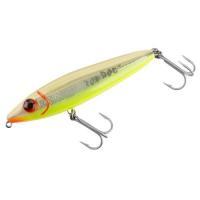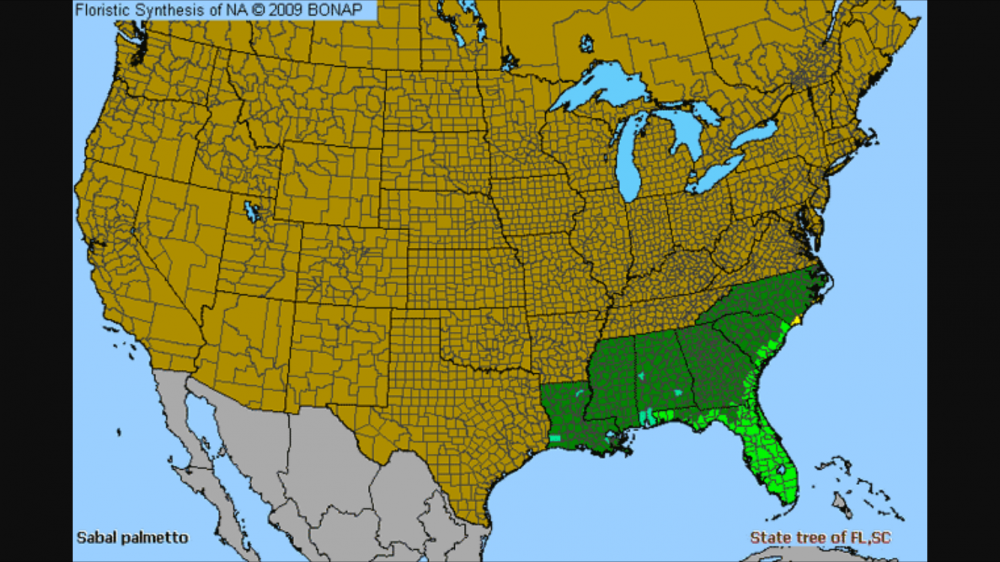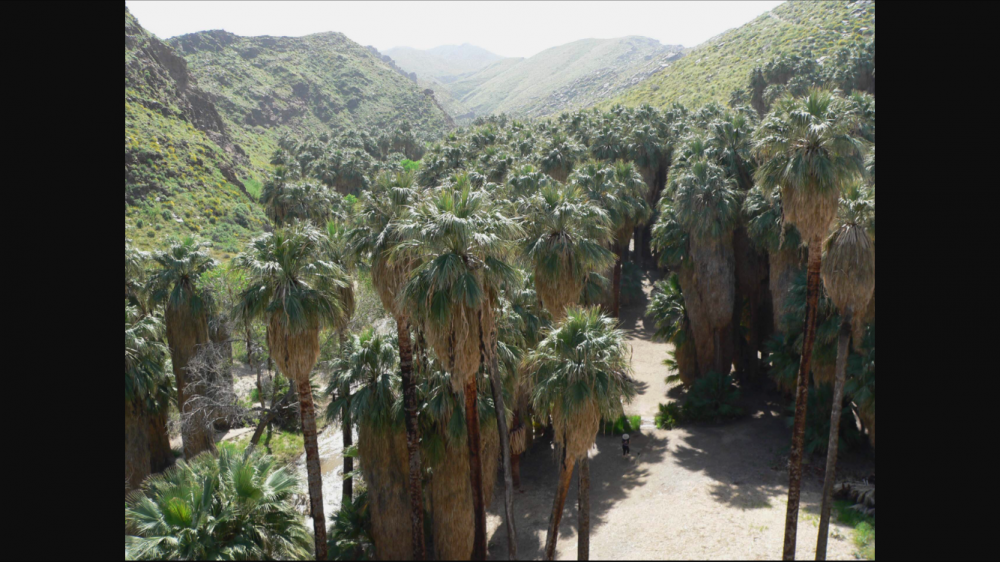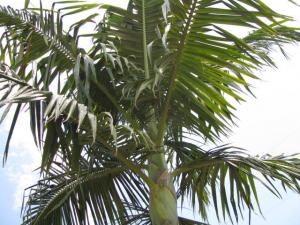Leaderboard
Popular Content
Showing content with the highest reputation on 11/27/2020 in all areas
-
Yes you can grow tropical fruit ( and palms) in Northern California ! https://www.abc10.com/mobile/article/features/modestos-backyard-banana-farmer/103-ff0e7f4c-0a60-4d70-ae38-b4b4852efdb18 points
-
... Hanging in - but not looking well after a warm, humid summer - J. chilensis. The opposite - using every day to grow, V. metiti, sprouted last fall. Doing very well but taking its time - D. robusta. (from seed) First try this year - P. borsignianum. In deep shade, too - two C. metallica. Very well growing. Sprouted in June, N. brunnea. Unbelievably fast. The only survivor from a seed order but doing well now - B. fenestralis. Growing very well, too and makes me prout - D. album var. aureum. (from seed) A bit dense but the palm itself does well - C. harlandii. This one has probably enjoyed the typhoon-free fall the most - B. nickobarica (from seed). Here my Indian coconut - grown from a nut from an Indian vegetable store in Tokyo. Already pretty tall, C. mitis. Moving around the corner, in front African oil palm, in the back an emerging monster, P. sylvestris. Moving the camera to the right, another Alexander palm and a V. joannis. Beneath in shade... L. chinensis. Reaching the backside of the house - planted out two months ago, B. nobilis. Behind the house my L. chinensis and washie grove, at the opposite corner... Another pair of P. rupicola. Ok, I hope you liked the little tour - thank you for your time and best regards from Okinawa Lars4 points
-
Back in March 2016 I planted three Dypsis Saintelucie in my side garden. Before planting, many had suggested they don't like it too wet and would likely die if drainage was poor. Anyway, 3 years, 9 months later and they have powered along nicely without a hint of trouble.3 points
-
Hi there, usually my garden is not really presentable in early winter right after the typhoon season but since we had NO typhoons at all this year (except there was a single very week one in late August) I thought I would show some images of my palms after an almost perfect year of growth. Here we go: Outside left, two washies (from seeds) and lately planted out... ...a young Copernicia (seed grown). It is definitely thriving. It gets a lot of sun and is protected from three sides. I will see how it goes with the washies side by side - if necessary I will make a decision later. Alexander palms - growing extremely well over here and looking beautiful! (seed grown) Our local hero - Adonidia merillii, fully loaded with seeds. Recently moved and showing great growth in its new spot - P. pacifica (from seed). The new leaves are already looking very healthy - it seemed it was about time to give a better place to grow. A bit hard to make out - a D. pembana (from seed). It has already two suckers and grows very well, too. Undamaged for the first time since planted out four years ago - C. samoense (from seed). In deep shade, L. naumanii. Almost same spot, a C. nucifera curves back after being hit hard by a typhoon a year ago. Crown looks very healthy, too. Another, almost blown over C. nucifera gets a nice curve, too. Hit by the same typhoon in last year's August. Hard to get in one pic, ... ...and we will get some nice coconuts next year. A P. rupicola, a bit close to the Coconut palm but it does well - an emerging beauty. (seed grown) Moving on - C. umbraculifera (seed grown).... I hope I can keep it... My largest Alfie (from seed), towered by my... ...super nice looking pair of V. joannis (seed grown). D. album (from seed) H. forsteriana - an absolute flawless grower. (purchased at out home depot six years ago) Behind it in shade, a young Saribus rotundifolius. (from seed) ...3 points
-
This is a Google Street View capture of younger queens planted in front of a Walmart in Starke, FL in 2008: Here are the same ones in 2018: Gainesville Airport, roughly 20 miles SOUTH, recorded a low of 17F in the Jan 2010 freeze: Definitely interesting to find! Queens seem to be more hardy than a lot of people give them credit for.3 points
-
3 points
-
3 points
-
3 points
-
This hammock is large and very comfortable. It's a souvenir from a trip to northeast Brazil, bought in the old city of Olinda. It is handmade, all natural cotton, and was a reasonable price after some bargaining. There were many colors and styles to choose from; the natural tones and ornate fringe appealed to me. It's a long way to go to buy a hammock, but I see you can purchase similar items on Wayfair. Search for 'Brazilian hammock.' Edit: I was advised to buy the kind without the wooden spreaders. They were said to flip over too easily.3 points
-
2 points
-
Sprinkle some cinnamon into the baggie, shake it around, and use hydrogen peroxide as a way of moisture2 points
-
2 points
-
2 points
-
Anybody growing Trachycarpus Fortunei Winsan? I have one that is about 5 1/2 years old, it is a very fast growing palm it's around 9 feet tall at its tallest leaf tips now. There is not very much information or photos of this palm, I've read that the mother palm has 360 degree fronds but none of seedlings were showing that trait so far. My palms fronds are getting rounder but are not 360 degrees yet. I also read that it is less hardy than regular Fortunei but since I live in Ohio I have to protect it every winter, the lowest my palm has seen unprotected is 19 f. If anybody has any Photos or information about this palm please share. Here is some photos showing the growth of my palm, the first photo is from a few months after I planted it August 2016 and the second is what it looks like now August 2018.1 point
-
Getting inspiration from this thread. All I know right now would be the following: Evergreen: - Needle Palm - Sabal Minor - Yucca Rostrata - Bamboo Leaf Oak Tree - Magnolia Non-Evergreen: - Hardy Banana Tree - Elephant Ears Anyone have any other ideas?1 point
-
New member with a couple of photos of the favorite palm in my yard. Picked this one up in early spring as a very pot bound 5g. It had split the pot wide open and appeared to have been that way for a long time. Nothing but roots in the pot and it was light as a feather. Put it in the ground and it really took off. Hoping these are not as slow as a lot of people report because I'm not that young anymore. If anyone has tricks to speed them up I'd sure appreciate it.1 point
-
I came across a great article by Geoff Stein on indoor palms and I thought it was great enough to share. Most importantly, he names specific palms that can thrive indoors along with common pitfalls and marginal/poor indoor palms. Enjoy: http://davesgarden.com/guides/articles/view/303#b1 point
-
Thanks for the photos. Those are gorgeous palms! Yeah, like I said, id wait until they are a good big larger with fatter trunks. If it were me I would not use those palms as they are too short still. I have never used a crownshafted palm for hanging hammocks either but if I did id want that crown shaft to be at least 10 feet or more above where I would tie my straps. I have only used Sabal Palmettos as they are plentiful here and they are very sturdy palms. The straps they make these days are designed to distribute the weight evenly and to not damage any tree trunks. Sabals seem the best to me as they have that very thick tough outter "bark" that eventually begins to slough off with older age to reveal a smoother skinnier trunk underneath. That said, I would absolutely still buy a portable camping hammock! I keep mine with me at all times and they do get used frequently even if only for an hour. Nothing like relaxing in one under a couple palm trees on the water.1 point
-
1 point
-
Have to agree with the comments above about being cautious using palms to support a hammock. That never entered my mind, because I have the little pavilion in a constantly rain-soaked garden, coincidentally perfectly sized for a hammock, and with palms all around to admire. I wouldn't trust my palms to bear much weight, except perhaps the largest of my Dypsis or Clinostigma. You could hang a hammock decoratively on your chosen palms, but they appear to me to be too young to bear much weight. A few more years...1 point
-
Nice work and thanks for sharing! Those of us in Florida seem to only make headlines for the wrong reasons, so it's nice to see someone can make them for good reasons :)1 point
-
1 point
-
1 point
-
My sabal lisa does the same. I thought it was nutrient deficiency but i have fed it everything and it still retains this characteristic. Maybe once i plant it in the ground I'll know for sure.1 point
-
1 point
-
1 point
-
1 point
-
Yes, we lost an asset and friend with George's passing, trust me there have been many times over the last few months I wanted to ask him a question or for advice. I would say cut back on the watering for starters and maybe add a little dirt to the exposed roots for good measure. You probably recall that many Encephalartos from George had a heavy dg mix in the pot, so I wouldn't hesitate using a little dg to cover those roots. It might stay in place better than our native soil. Back when George was still digging dg from his hill I brought some home to use to build some of my front garden mounds here in Leucadia because the sandy soil wanted to slump down over time. My little male E trispinosis only gets mid-day through afternoon sun due to a fence to the east of it and holds a couple of flushes all the time. Bottom line, I wouldn't jump to moving yours too soon. I especially wouldn't want to disturb it right now given the leaf loss and heading into winter soon. It's good to hear that the caudex is firm, so hopefully this coming spring you will get a nice replacement flush. Good luck and keep us posted.1 point
-
Most likely. Many palms hate our damp winters, that's what does a lot of them in, and that why Trachycarpus love it here. I find once the heat lovers start showing rapid growth we've already begun to cool down for the year. If we had one more hot month it would make a big difference.1 point
-
Yes, they defoliate in cold winters, particularly C. debaoensis and its hybrids. I usually try to cover them on particularly cold nights, but I was out of town all last winter and they were unprotected the entire time. Fortunately is was a very mild winter.1 point
-
1 point
-
Try a weighed down Styrofoam cooler or "rose cone". It might get you a bit more insulation value than the bucket. I have a couple of beat old coolers that I use to protect smaller plants when there are extreme (for Z8) lows forecast. They do a great job of trapping in the heat from the ground (I have put a wireless temp probe in there, and was really surprised how much warmer it was).1 point
-
1 point
-
I just added another needle palm to the Henderson, KY landscape yesterday at my sister in laws house. It was a 1g we grew from seed. My wife didnt take a pic of the needle at her other sisters house in Morganfield, KY but she said it's pretty big and has 20+ leaves. I think I planted that palm 5 years ago and she hasn't taken care of it at all. From what I hear it's the only plant that she hasn't killed.1 point
-
Definitely! Very protected from the strong winds! These are great specimens, I had to share this discovery! I actually happened to stumble upon the lady that keeps grounds here a while back, apparently she found these at Lowe’s and thought they’d look good here...I believe she said they were planted spring of 2007 or 2008 I’d love to get ahold of some needle palms, they’re very difficult to find around here...I have, however, helped my friend Raymond plant some palms, just recently we dropped a Sabal Mexicana in the ground...it’s in a decent microclimate so we shall see! I’d be willing to bet most people coming in or out don’t even realize they are there...I had a disagreement with a friend who lives in Dallas a while back, who was telling me it is too cold there for palms...what was literally across the street from his apartment complex? A 20’ Washingtonia... Hmmm...I’m not sure, I do know they are picky when it comes to soil...it could definitely be that. In the wild, they prefer low lying, shady areas as well. Full sun and summer heat will cook them, I found that out the hard way with my own...moved it to a shady location and it is much happier.1 point
-
1 point
-
1 point
-
Mine took 12F in its first year with a stretch of about 4 days below zero, plus a few freezing rain events. However I planted two and the other one didn't make it. I think with your protection you should be ok.1 point
-
1 point
-
I was curious also - I believe @JLeVert has (had) a large one growing in Augusta, Georgia. I just bought one this past March and it's growing as fast as a similar sized mule. I'm in 9a however so I'm not concerned about its long-term survival. I agree with @TexasColdHardyPalms that it should do fine in College Station. Jon1 point
-
After seeing the picture in this post, doesn't look quite so healthy. Just a few observations from my past experience: 1) Low temperature doesn't appear to be a concern. Highs are a little questionable if they are below 25C for an extended period of time. Overall, I don't think temperature is your issue. 2) You mentioned that you had strong winds, but are now blocking them with the green barrier in the picture. They can certainly get burned by strong, dry winds. Good move! 3) You mentioned the palm was in full sun. Normally, coconuts LOVE full sun. However, if you get plants from a grower who was growing them in a shade house or in partial shade, and you put them out in full sun, they will get sunburned and potentially die. I know... I killed two of them after driving to Miami to pick them up. I put them on the south side of my white house and they fried inside of a week. I would suggest sheltering the palm with shade cloth on top as well. 4) @GottmitAlex mentioned the soil. Your soil might be holding too much water. Watering once a week is probably just fine with temperatures below 80F (~27C). 5) Fertilizer - it's usually not a good idea to fertilize new plantings for anywhere from 6 months to 1 year. I usually lean toward the 1 year mark, but others' opinions will vary. I hope this helps you out and you are able to save it.1 point
-
South side of weiss lake. Are you talking about nearing their cold limits? Usda interactive puts that park at 13.9F, solid zone 8.1 point
-
I always forget how far up there Amarillo is. Closer to Denver than to Austin.1 point
-
Phil has also written a good article on indoor palms on his Jungle Music website: http://www.junglemusic.net/palmadvice/palms-houseplants1.htm It's interesting to learn from Phil's article that Chambeyronia is doing great indoors, but not so according to Dave's Garden. Has anyone grown Chamby successfully inside?1 point
-
We've had several Jamaica Talls at the Kopsick Arboretum on the waterfront in St. Pete for twenty years or more. Most of the ones in my neighborhood in the south end of St. Pete died after two cold and wet winters a few years back. Lots of them showing up again. Know your own microclimate if you want to grow them.1 point
-
If coconuts could grow in a very warm 9b climate, you wouldn't be able to see my house from the street.1 point
-
If the east and west coast U.S.A. had to have one Palm to symbolize the coasts I think the West coasts palm would be the Washintonia Filifera (Not the Robusta because it is not a native) and the east coasts Palm would be the Sabal Palmetto. It seems right. What do you think? V Sabal Palmetto with native range. V V Washintonia Filifera with native range V1 point
-
1 point
-
West = Washingtonia robusta... Who cares if it isn't native? East would be a sabal palmetto I guess. South Florida would be Roystonea regia. They're all over the place there, but I guess it's range isn't large enough to really say it is symbolic of the east coast.1 point
-
1 point



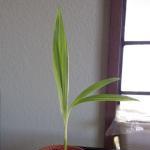
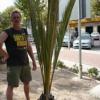
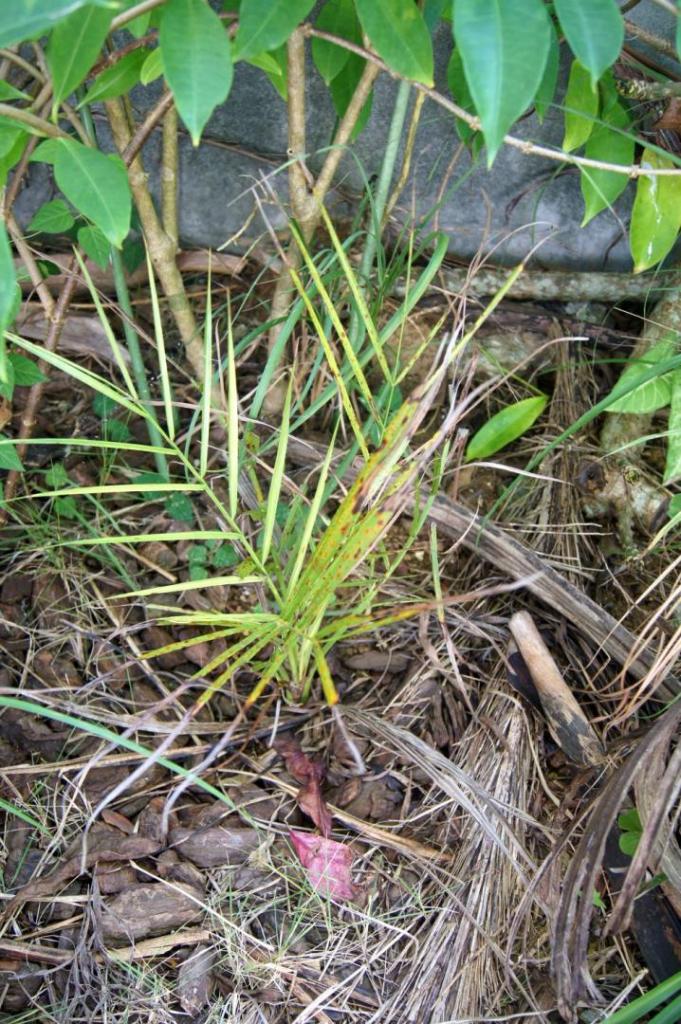

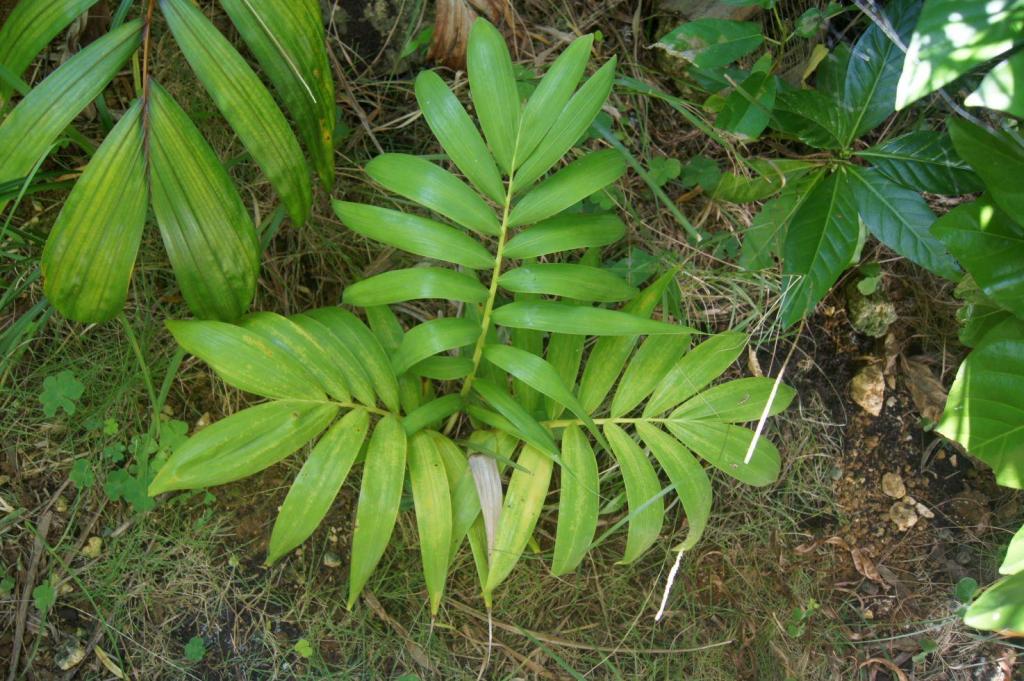
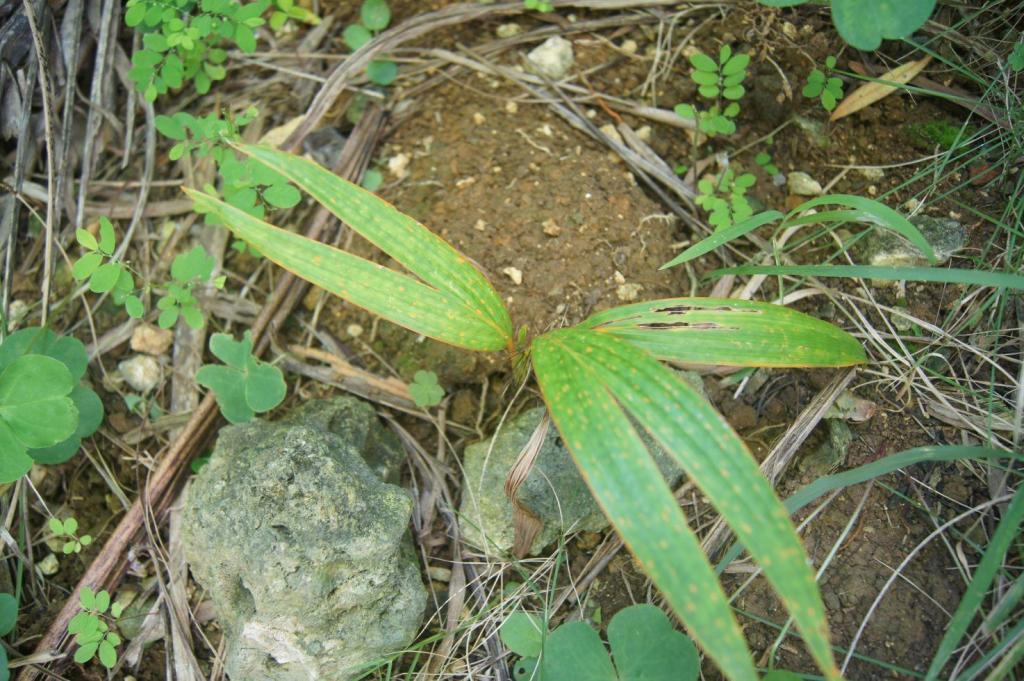
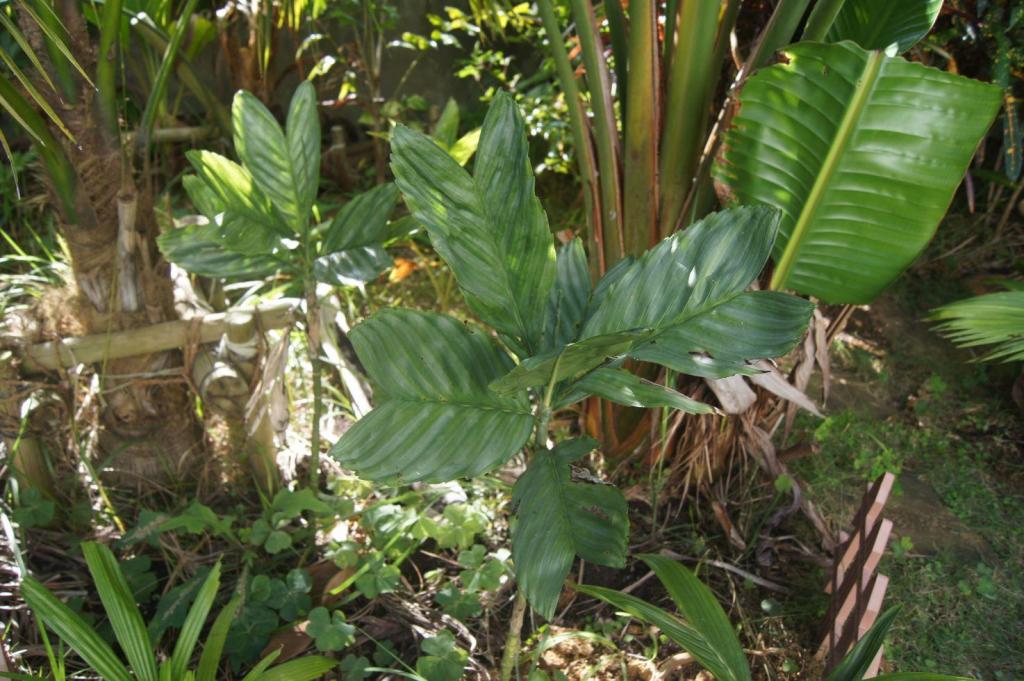
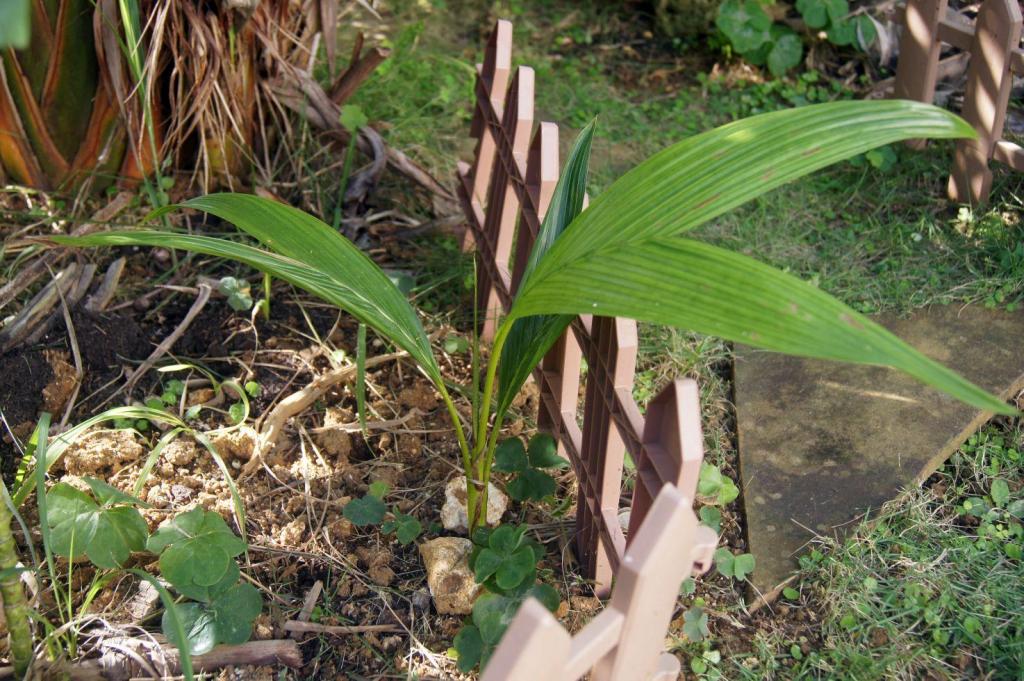
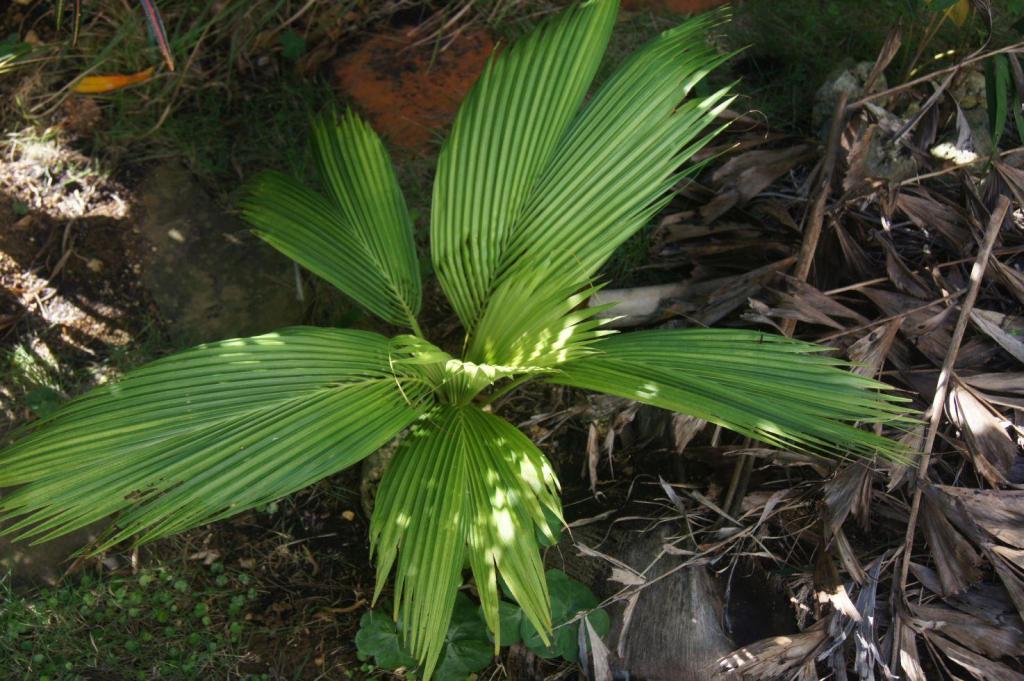
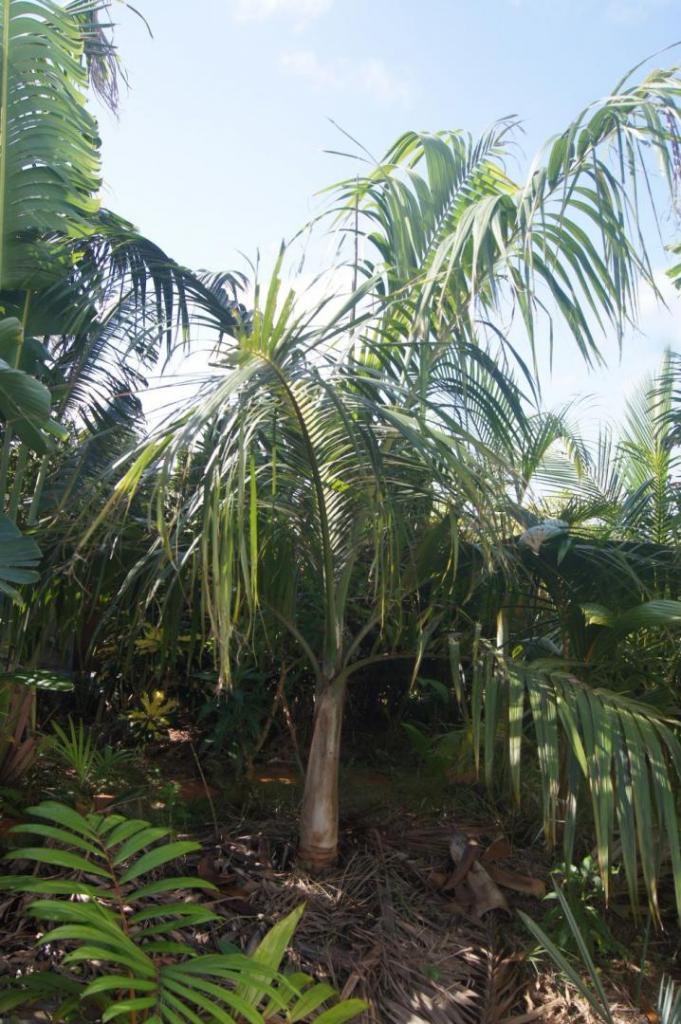

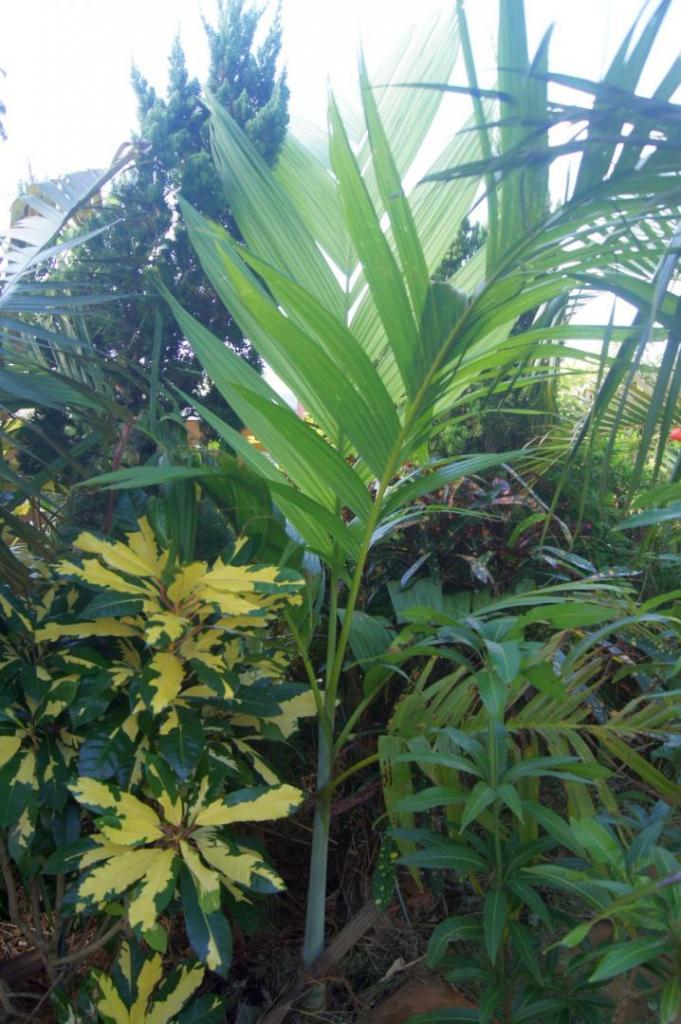
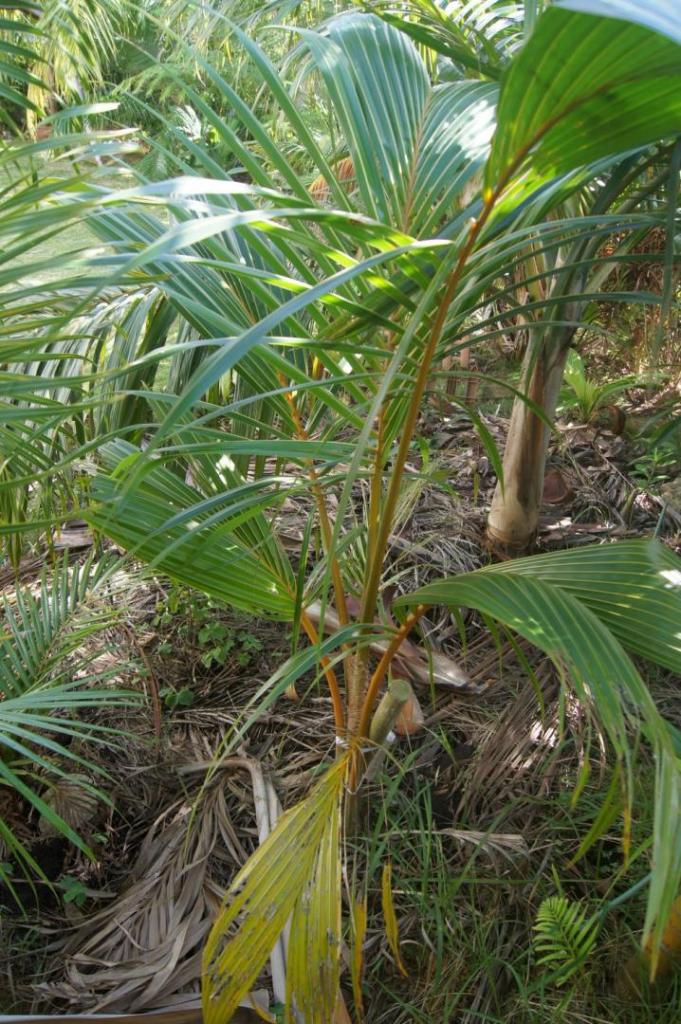
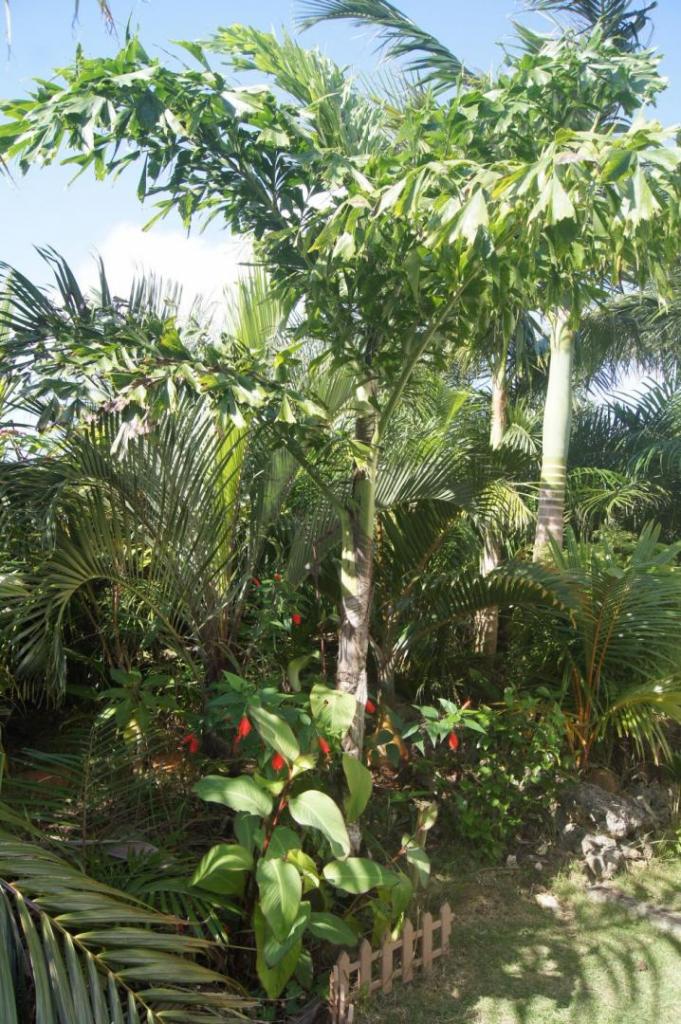
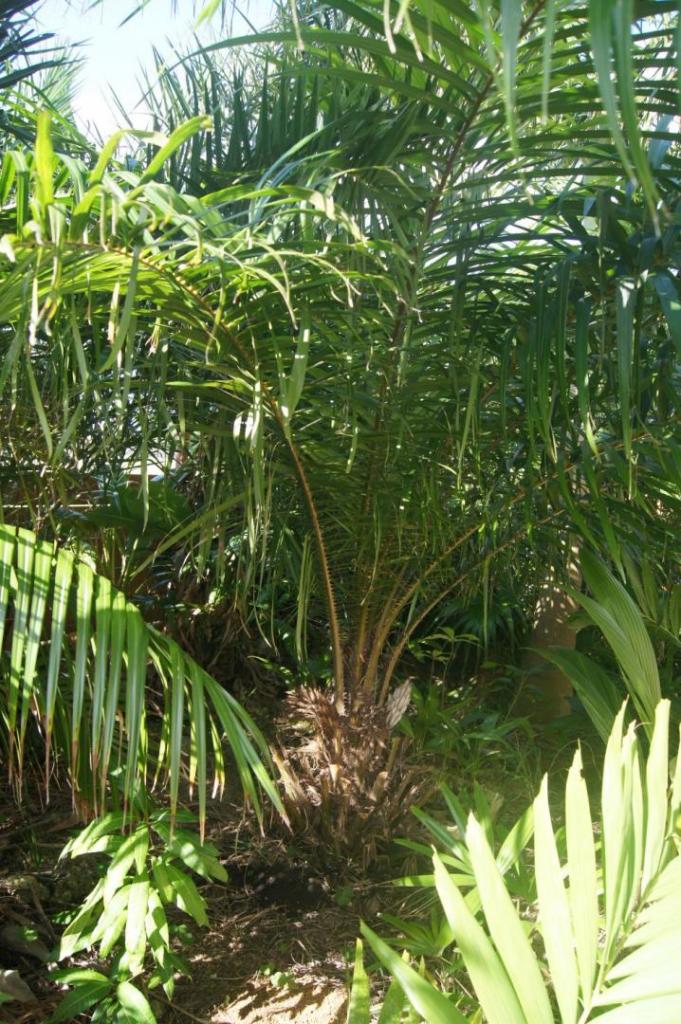
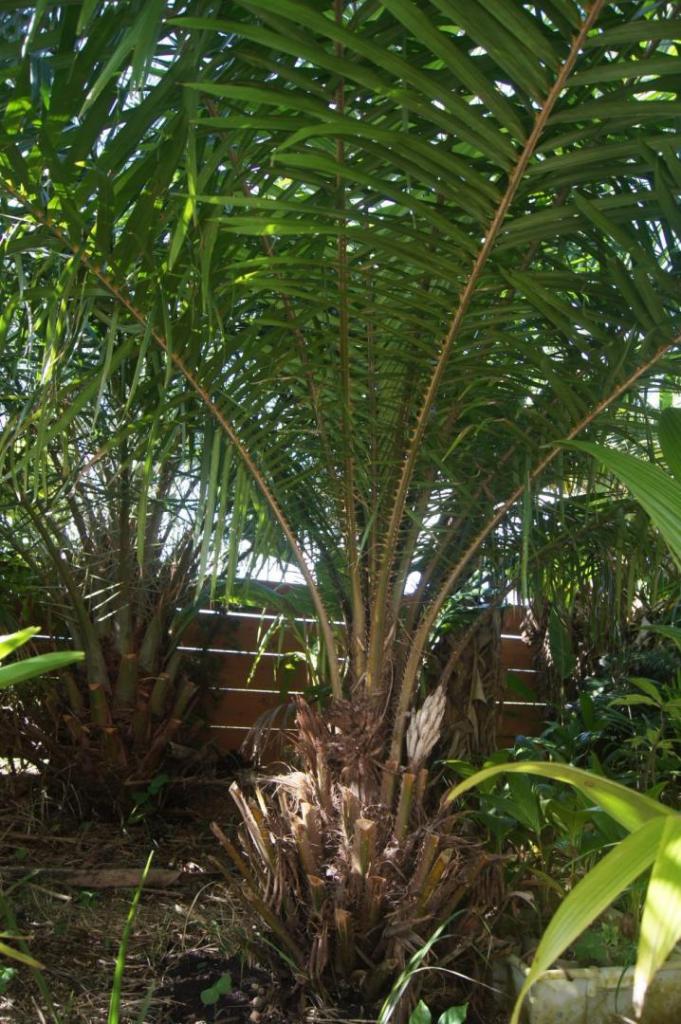
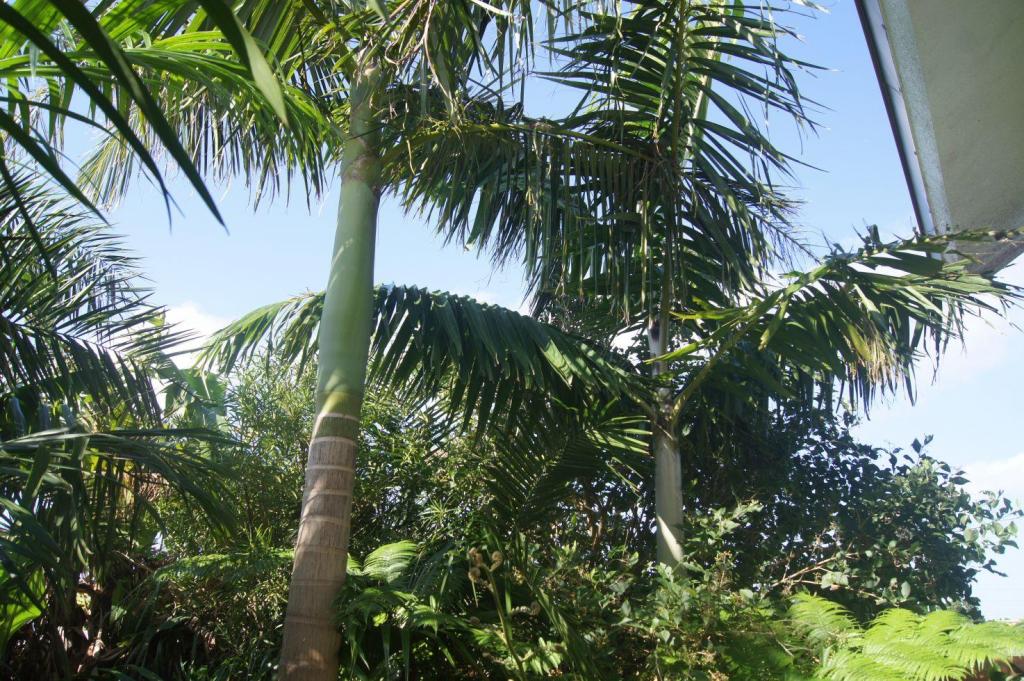
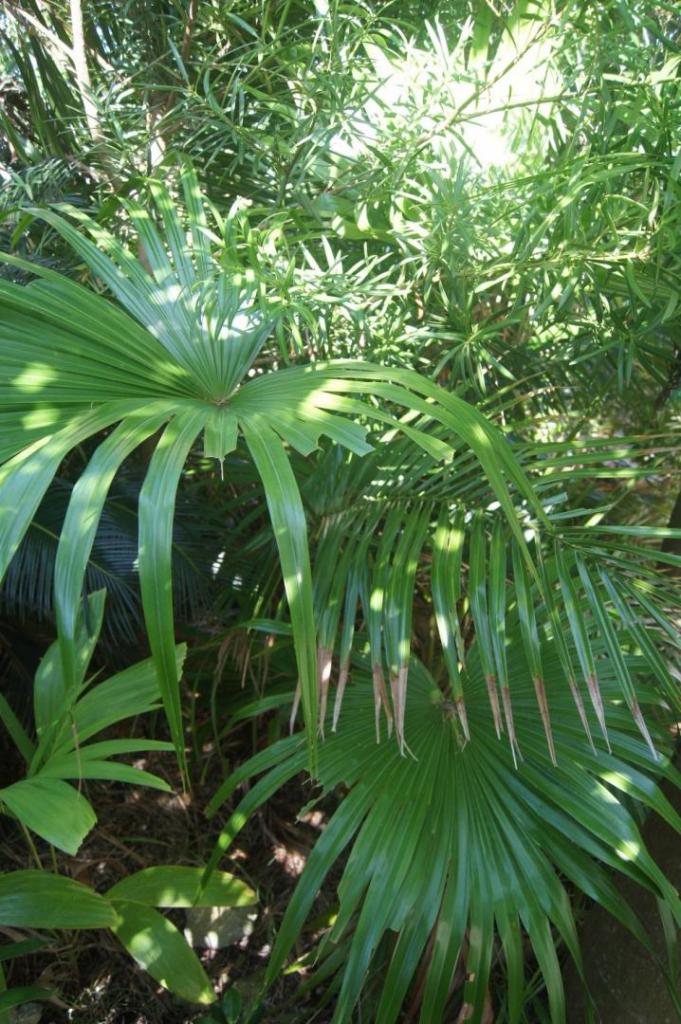

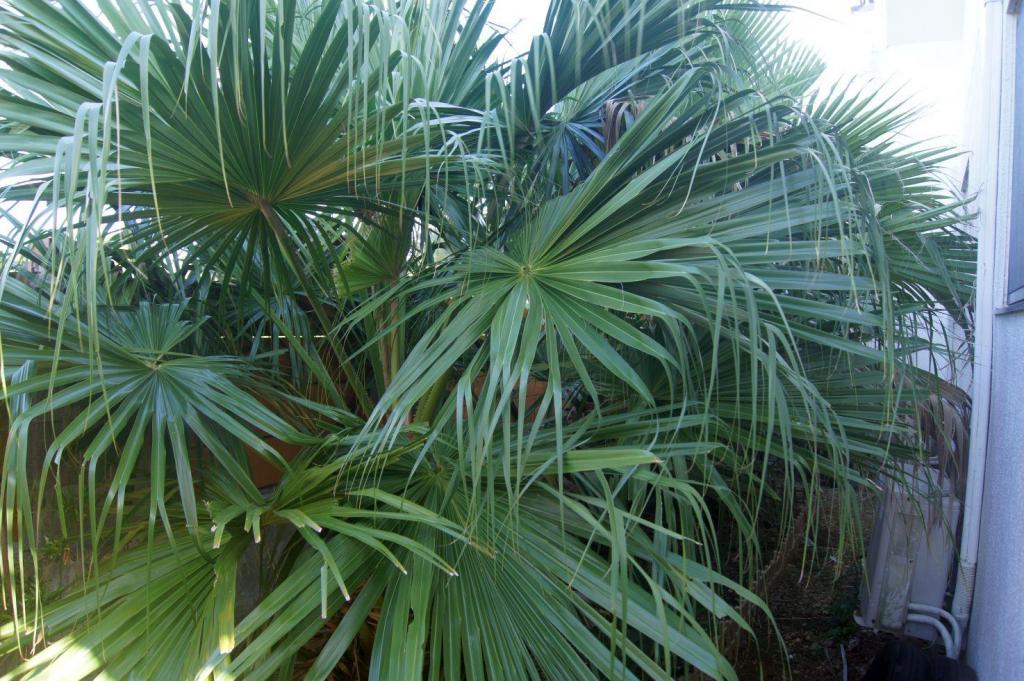
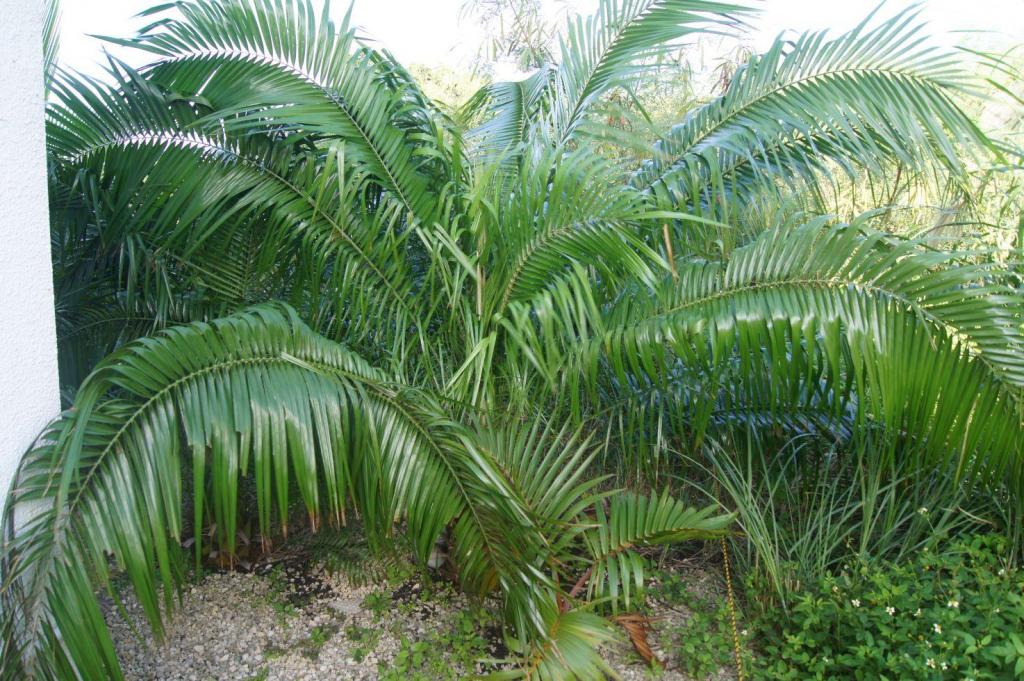

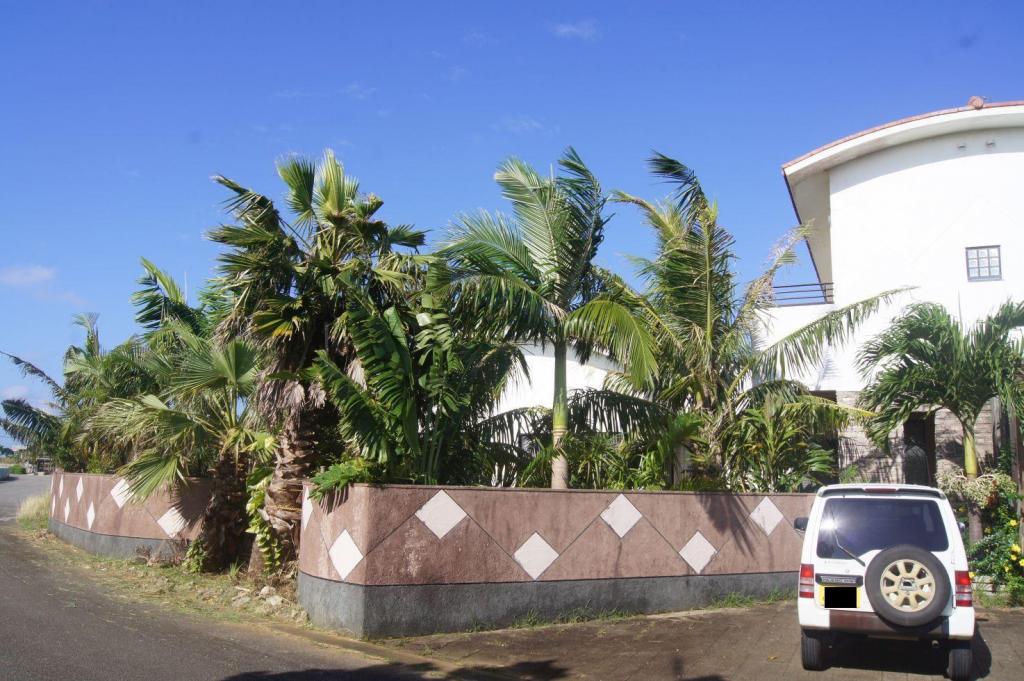

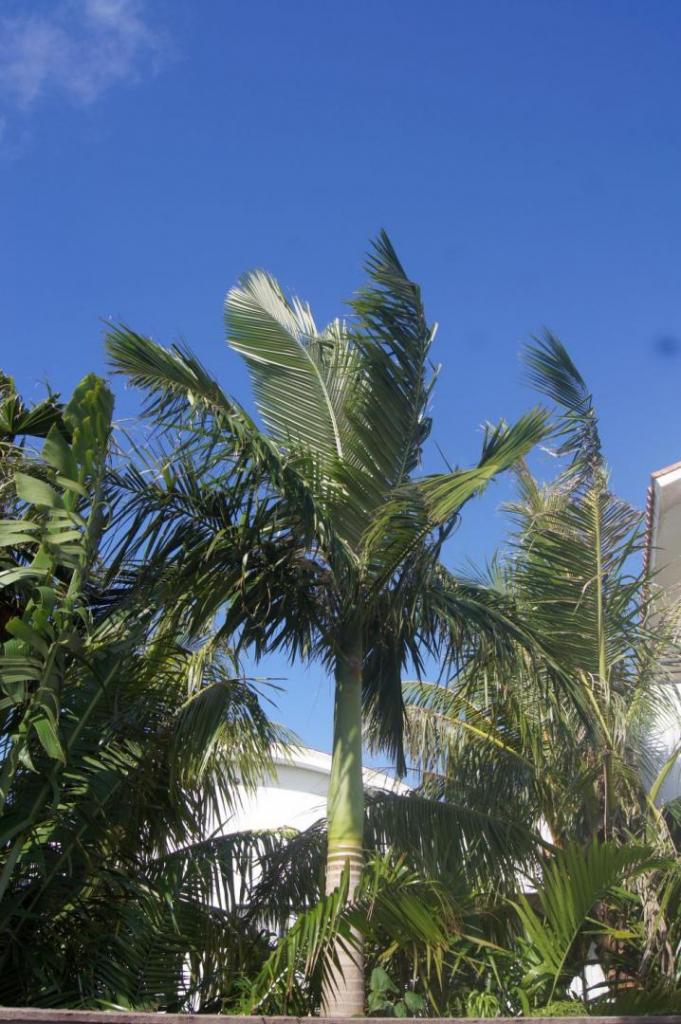
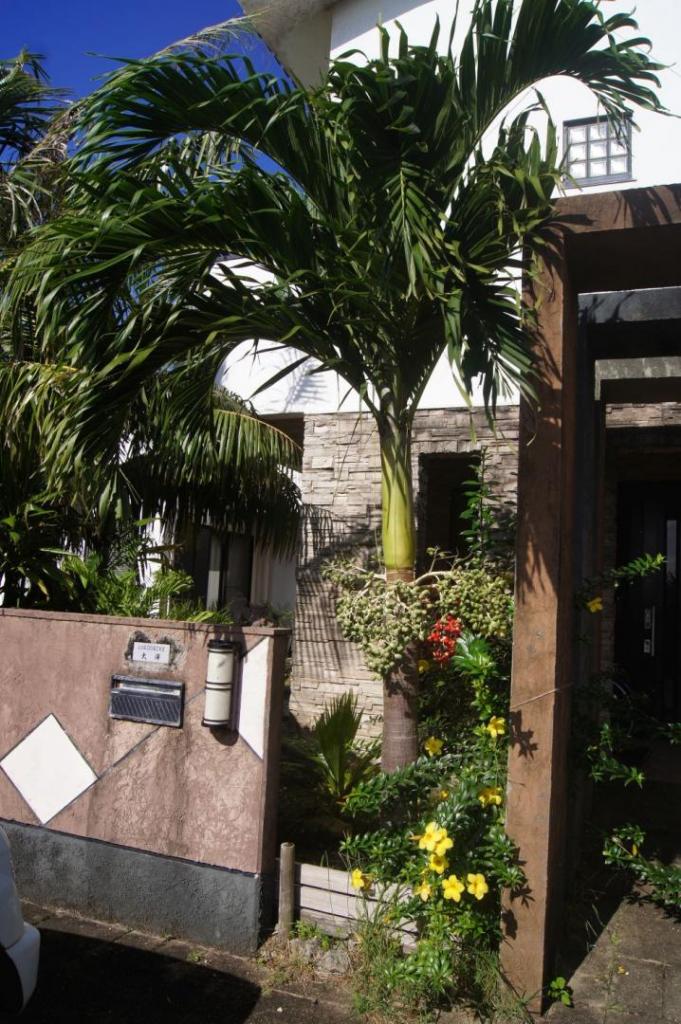

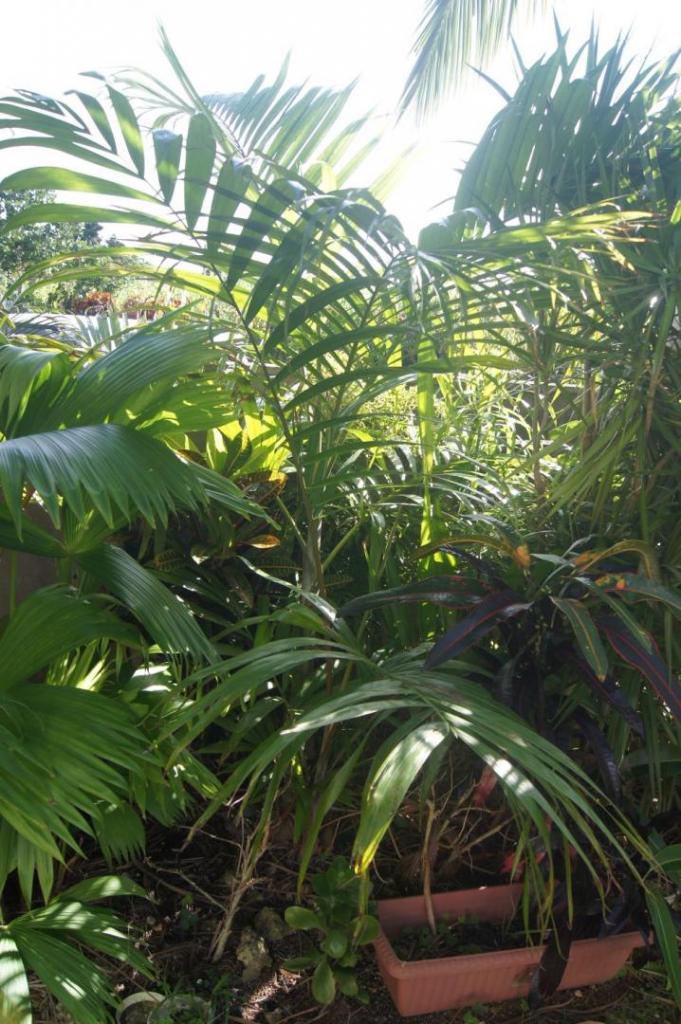
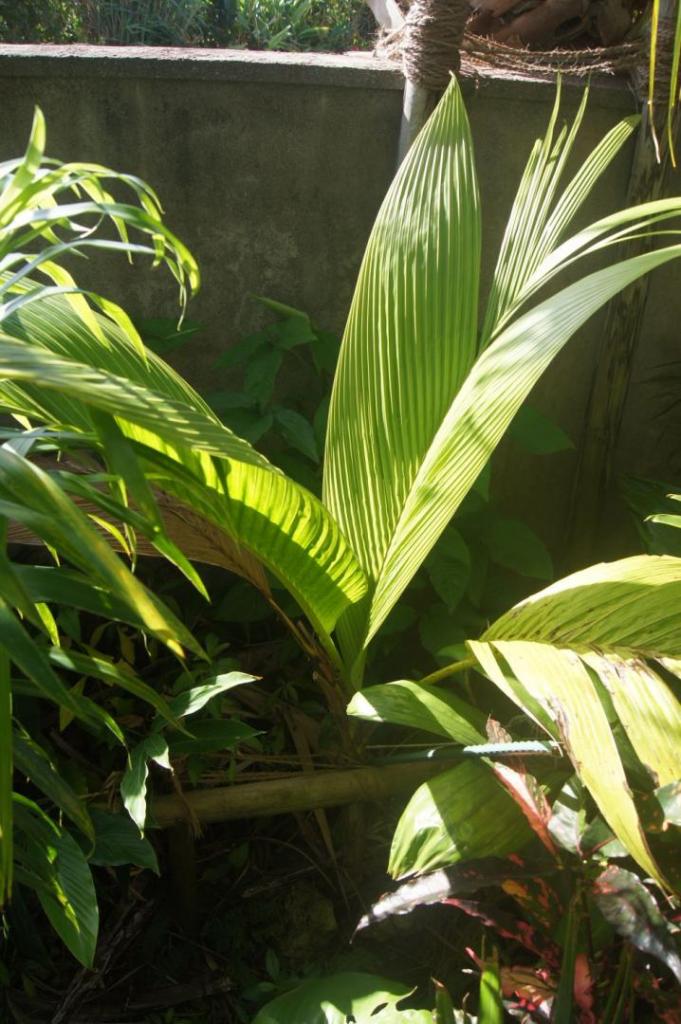

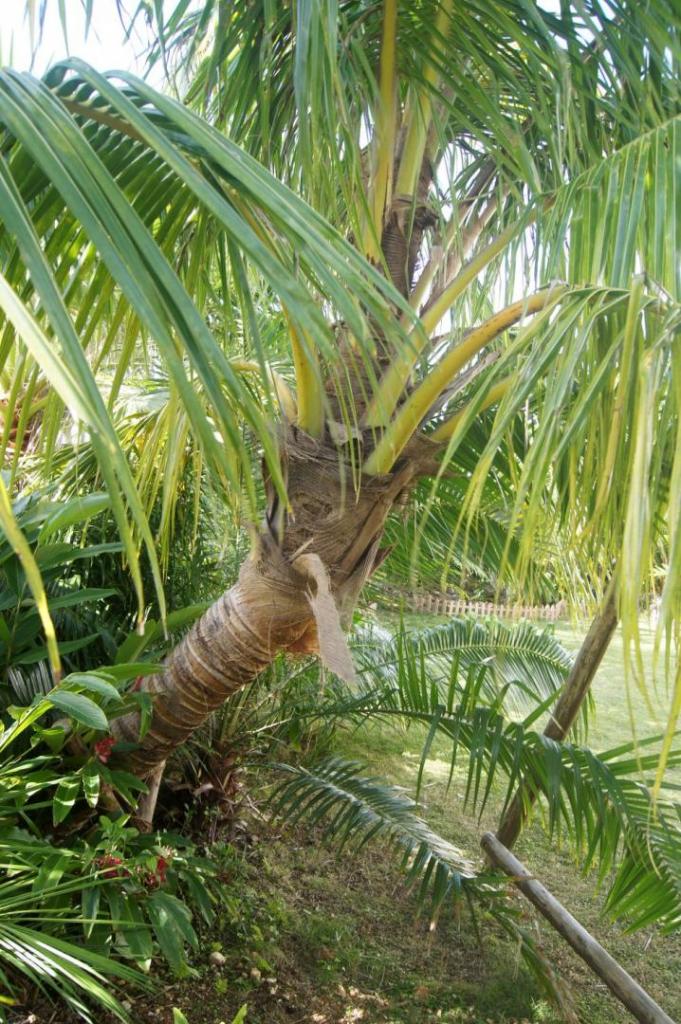
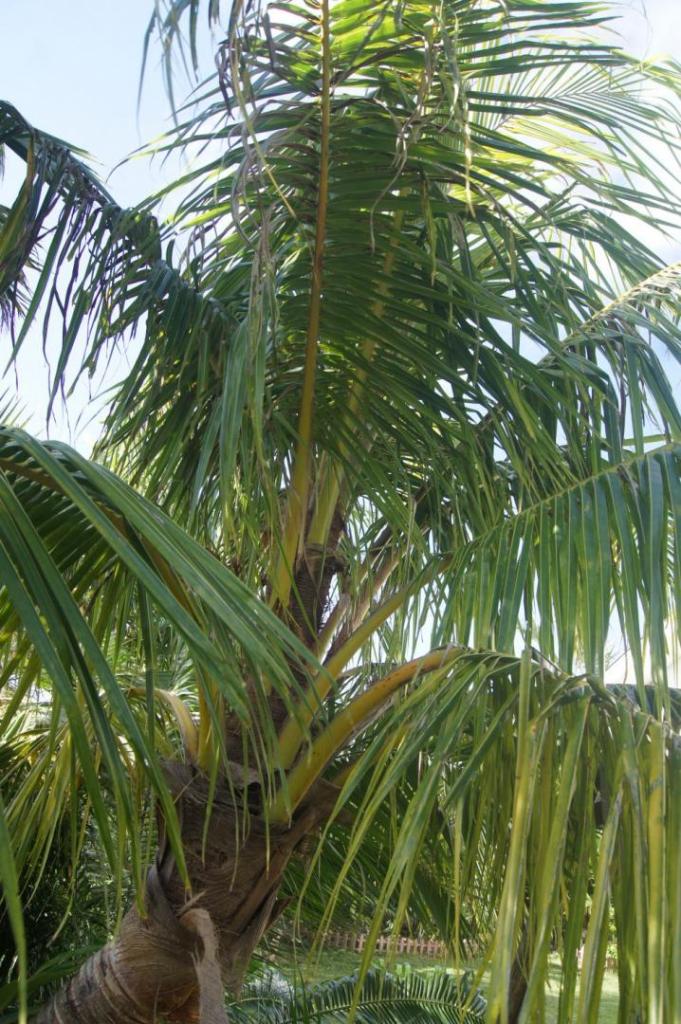

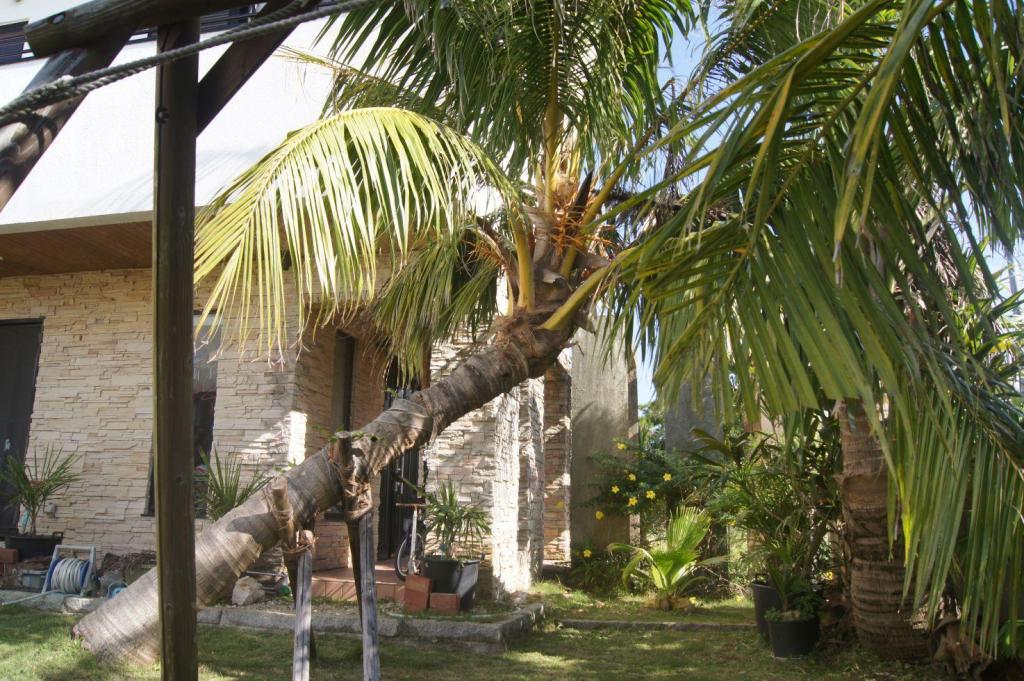
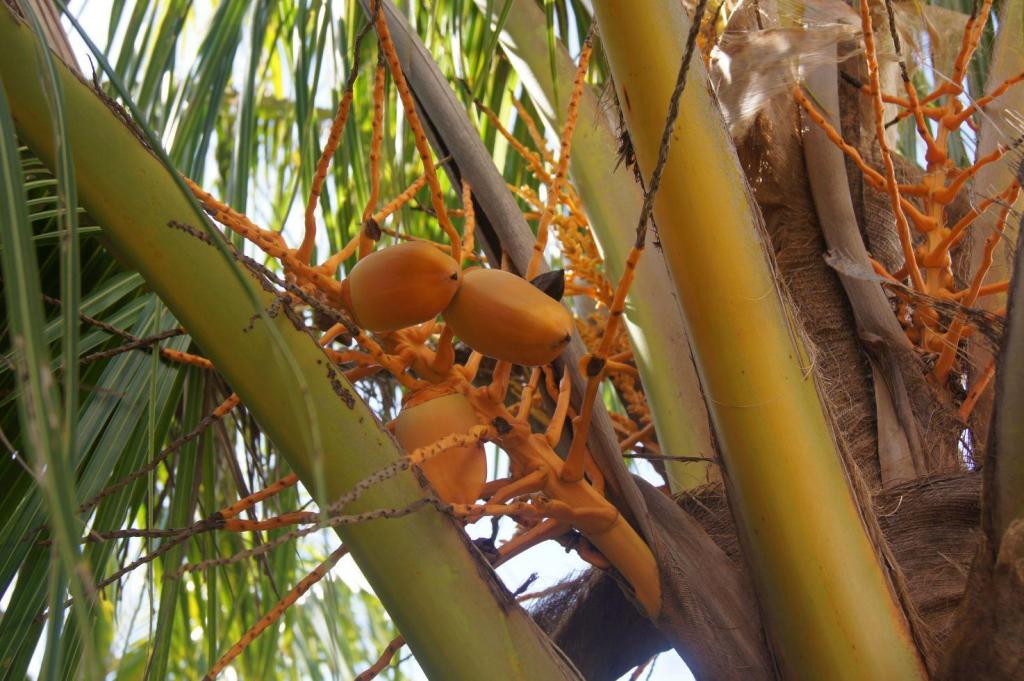
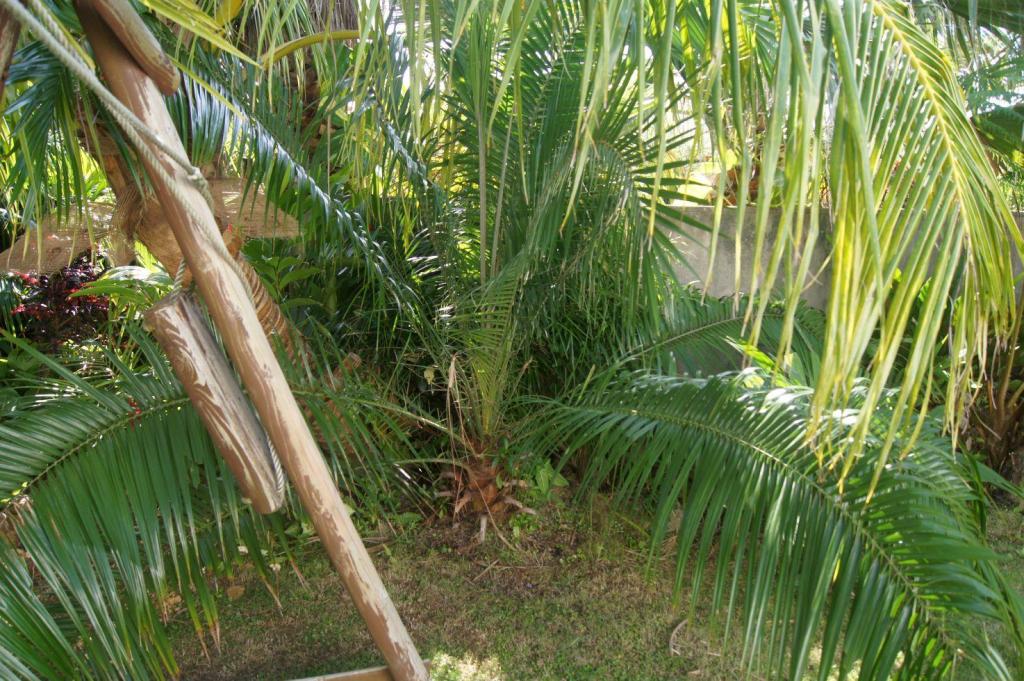
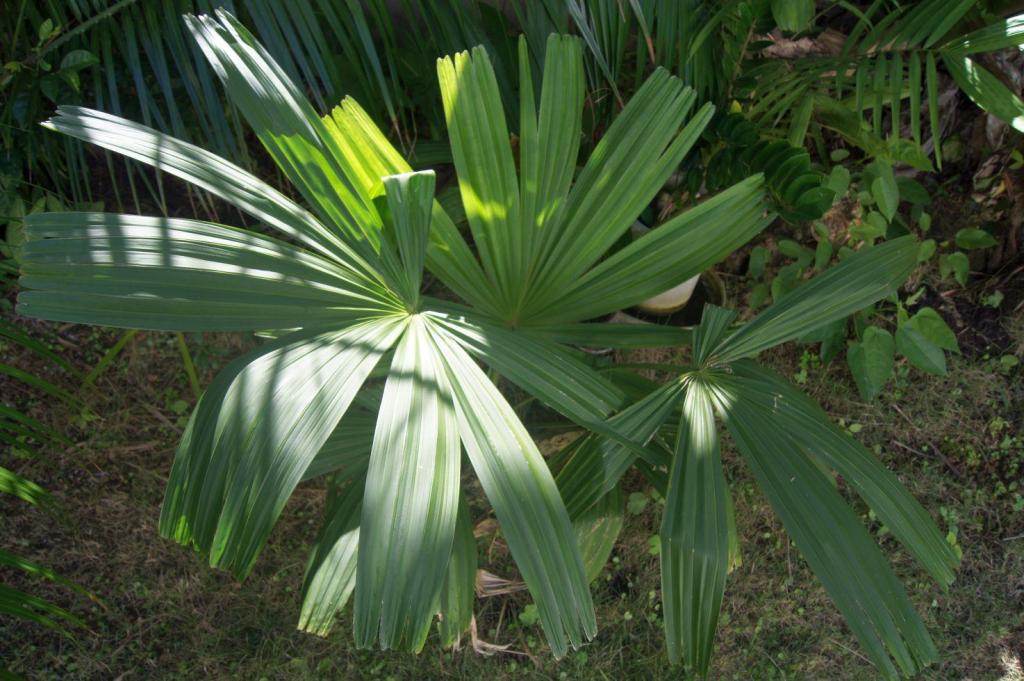
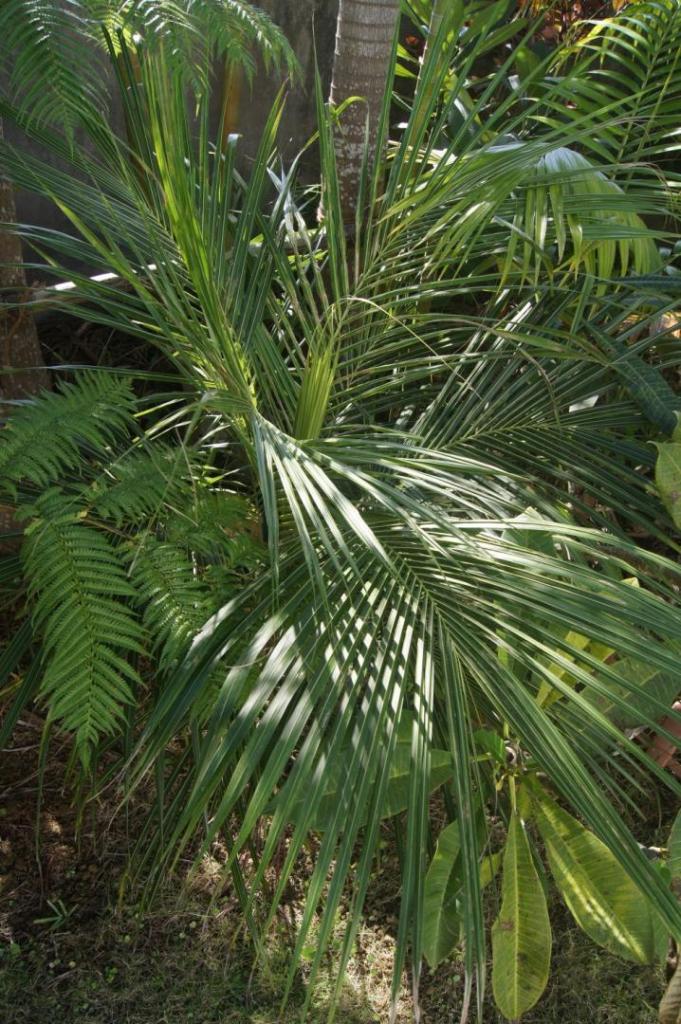
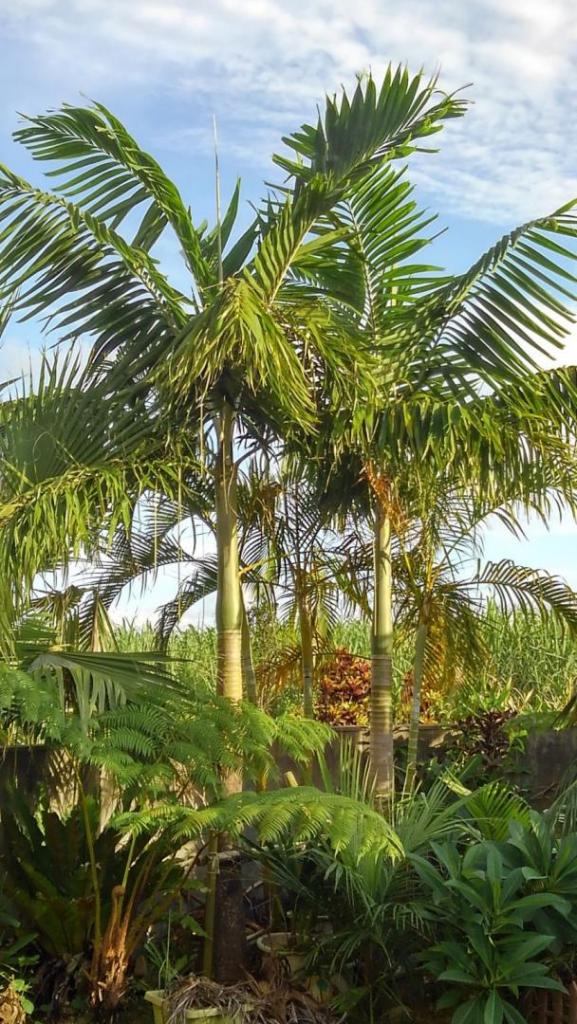
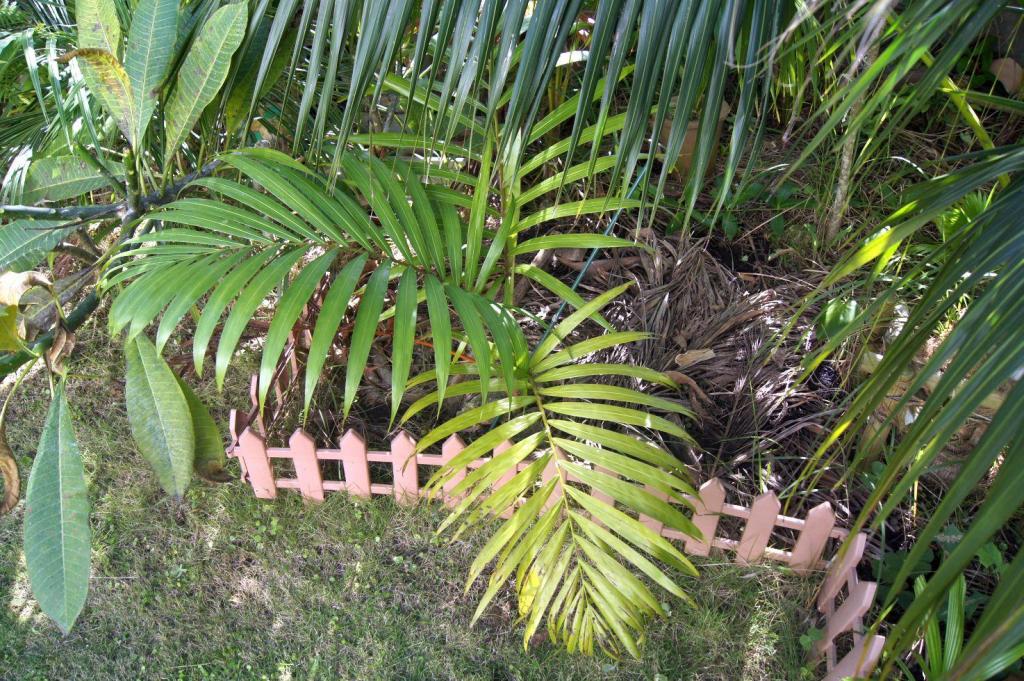
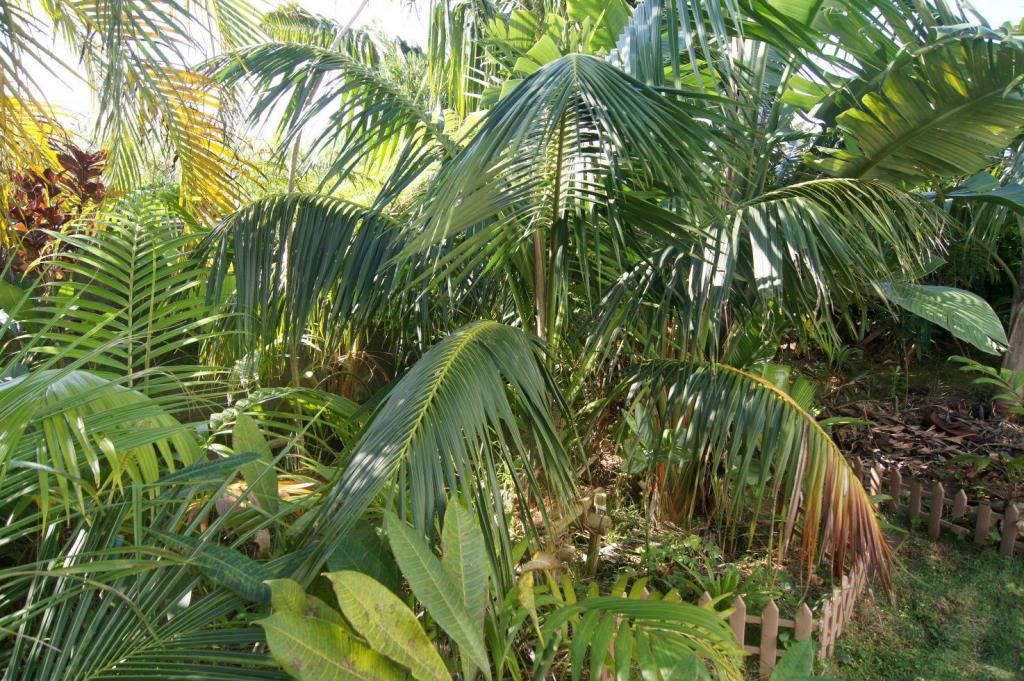
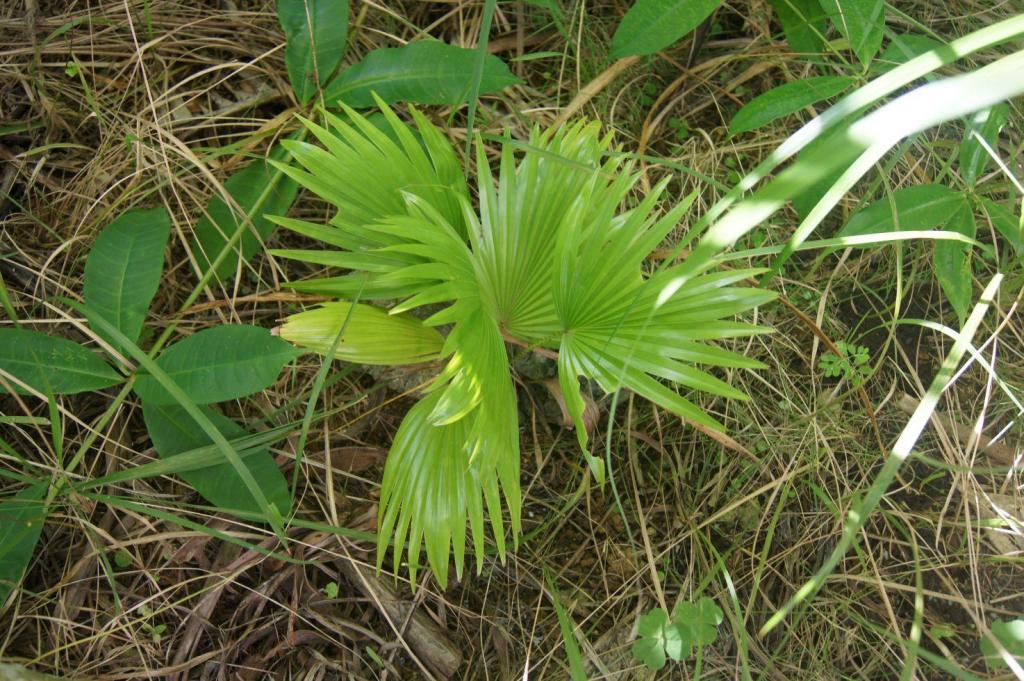
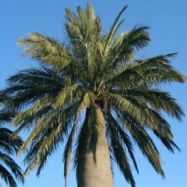


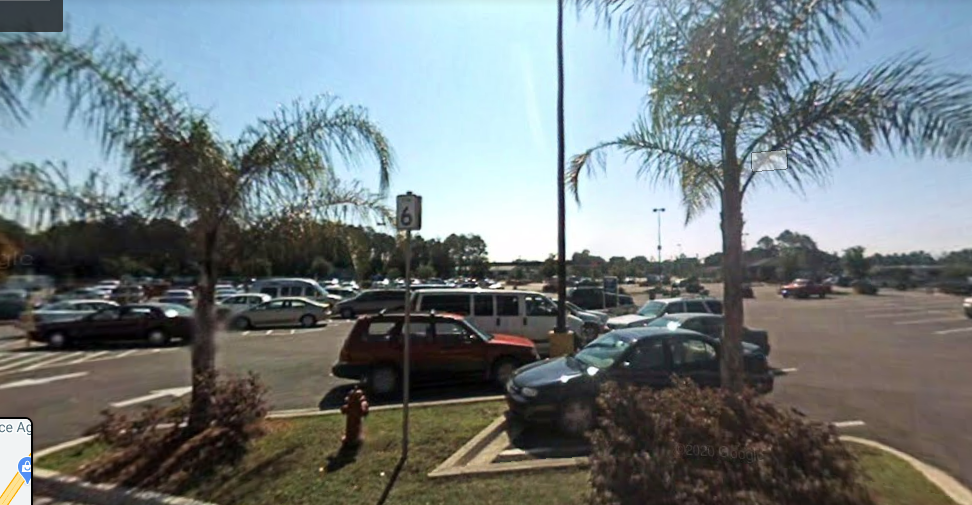


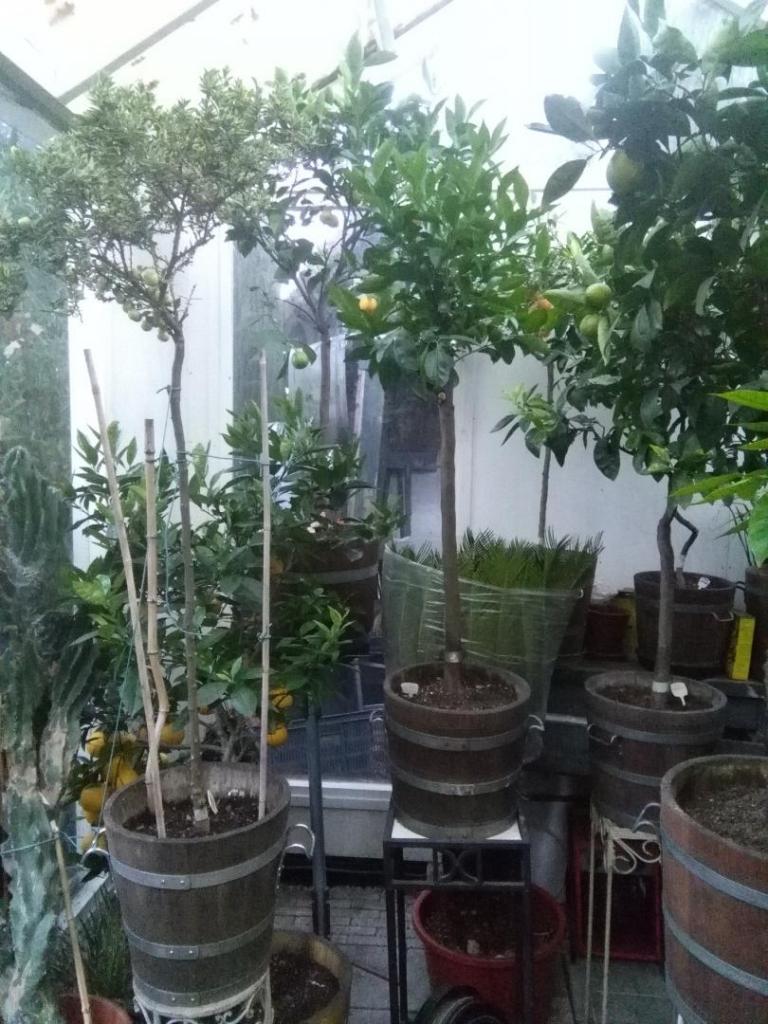


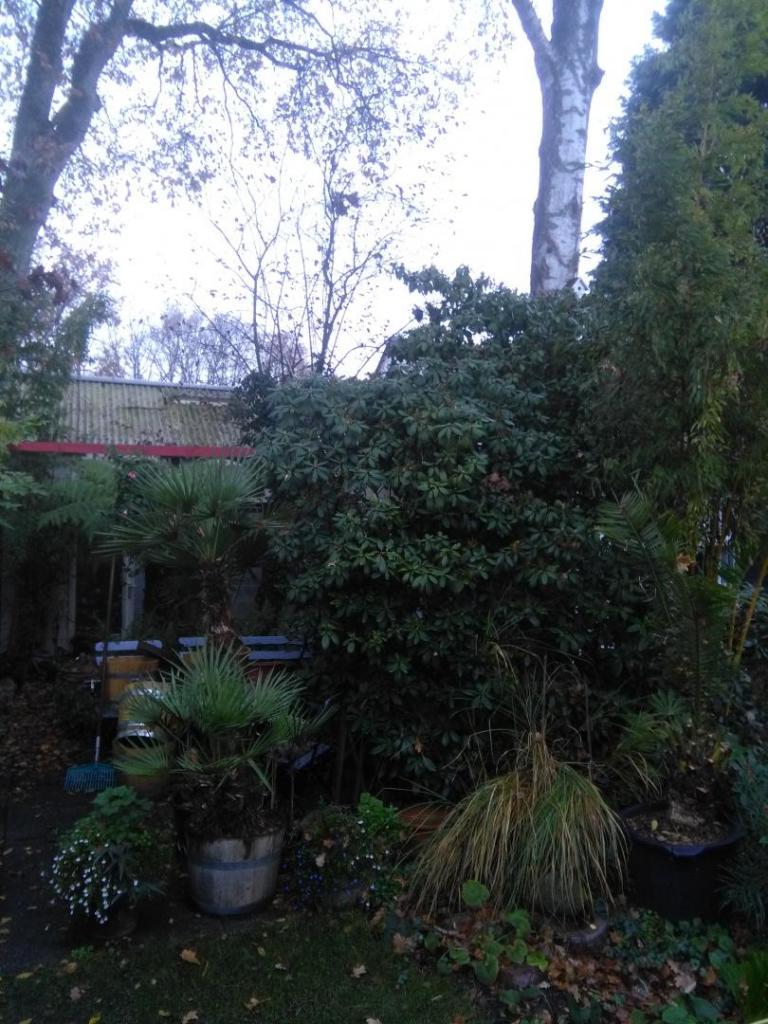
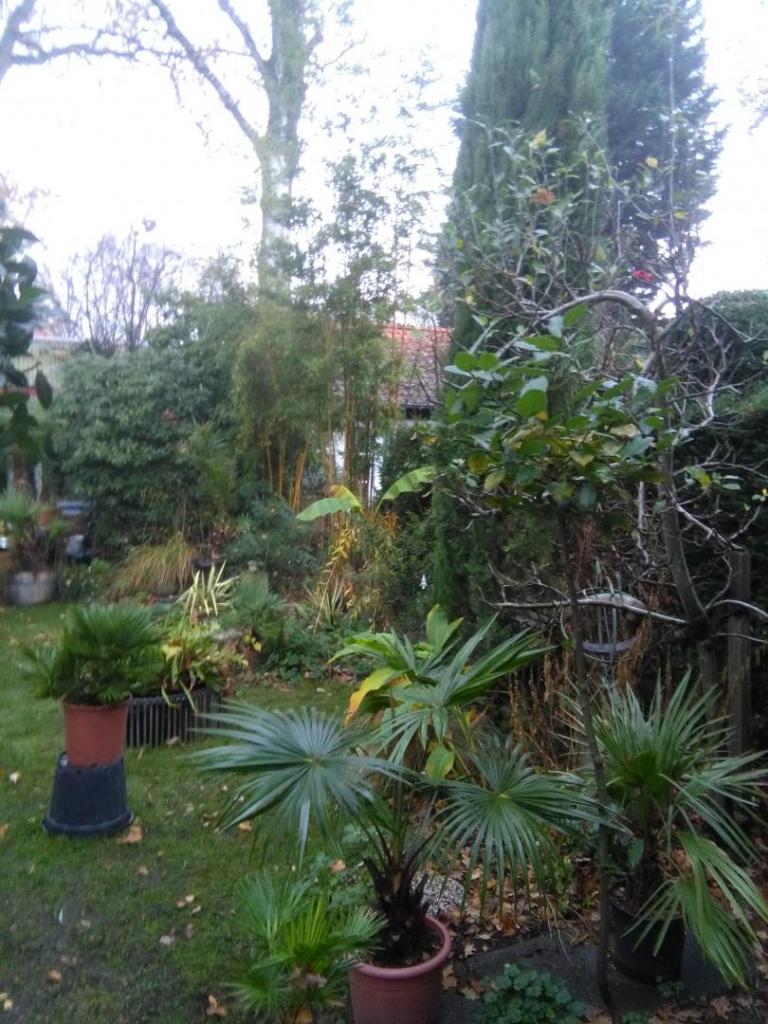
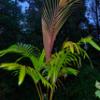
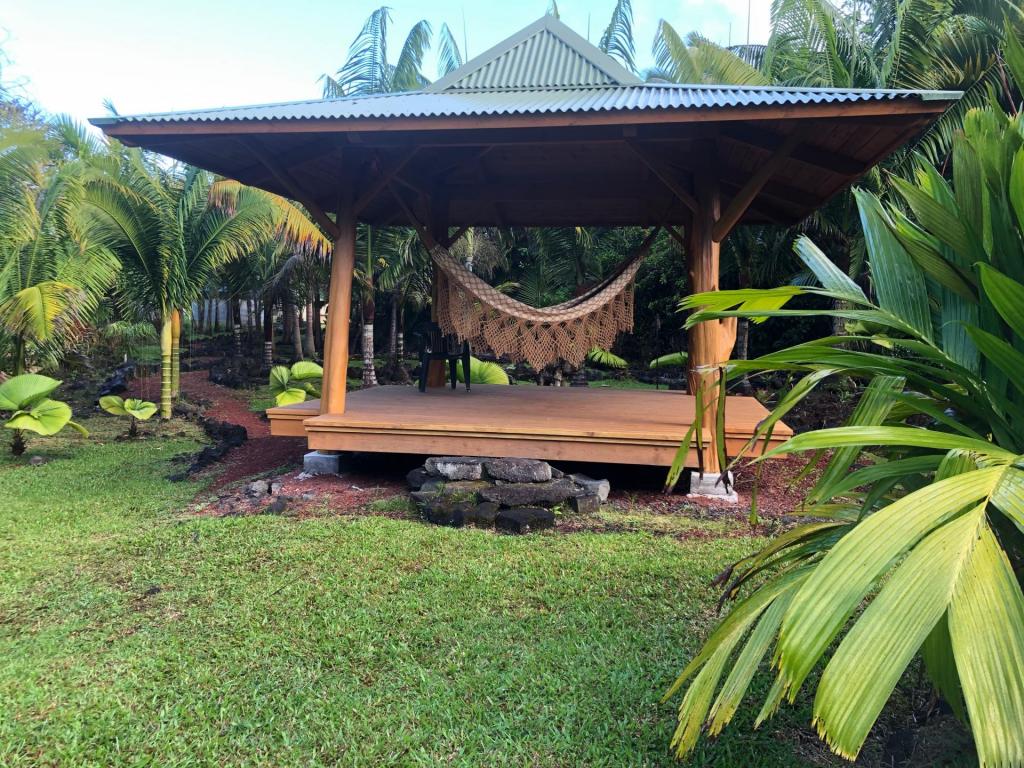




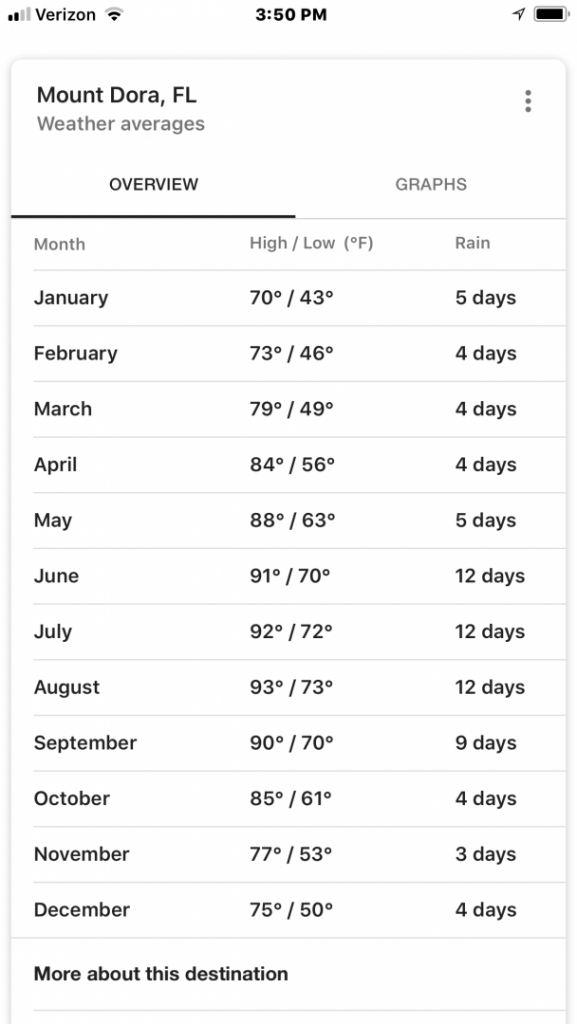
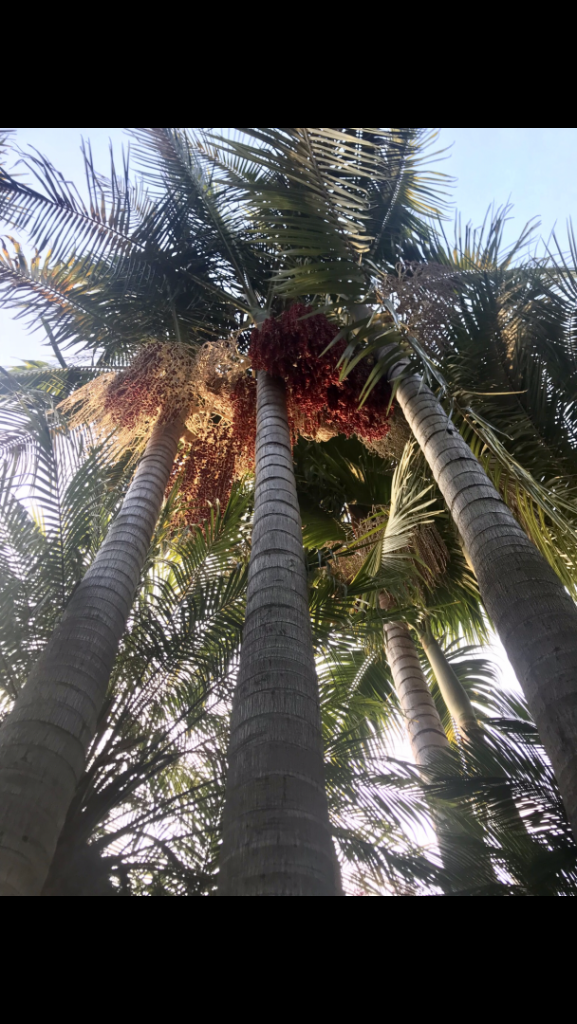



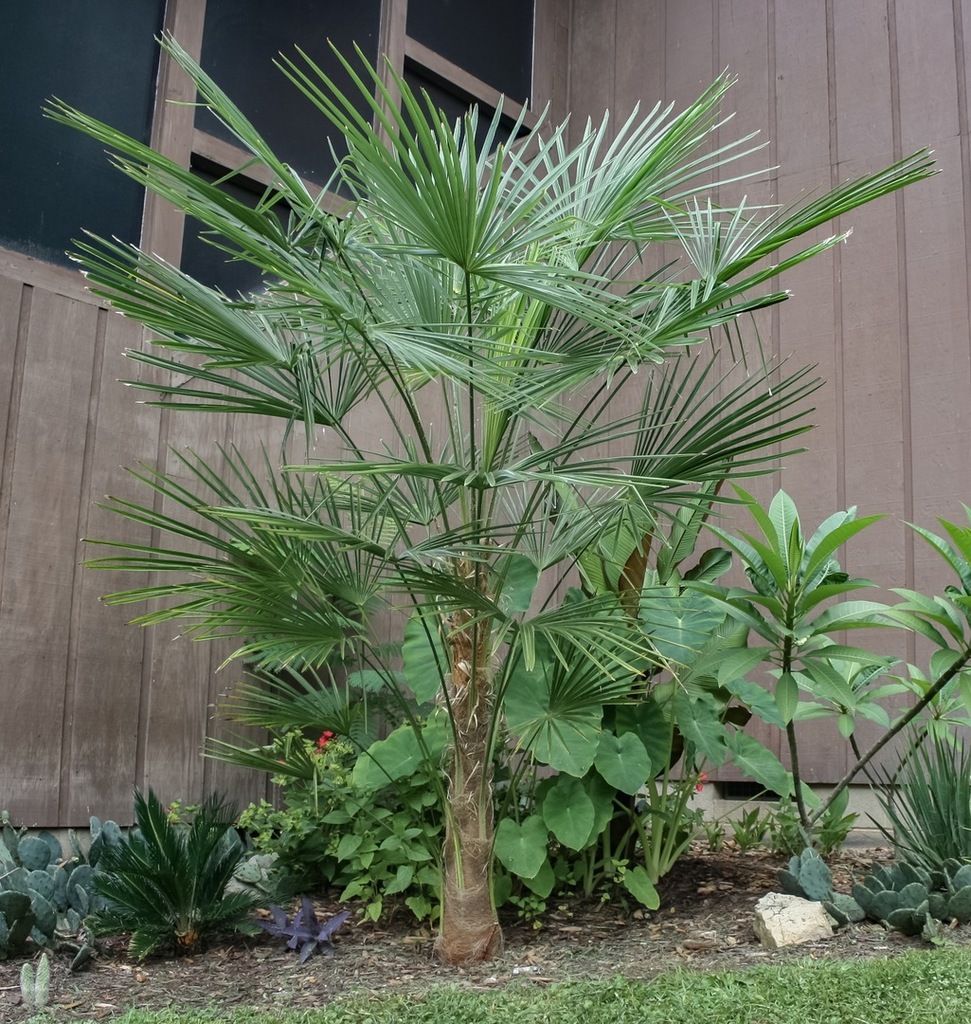




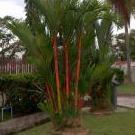


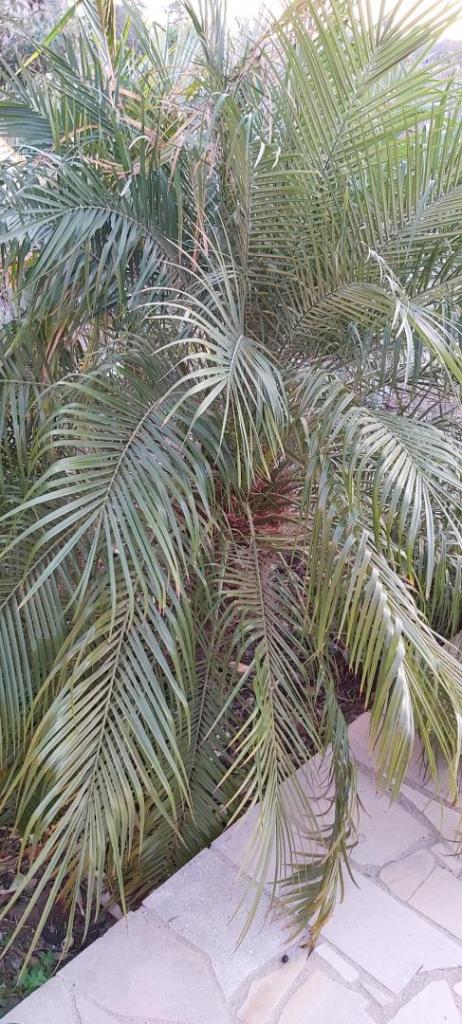
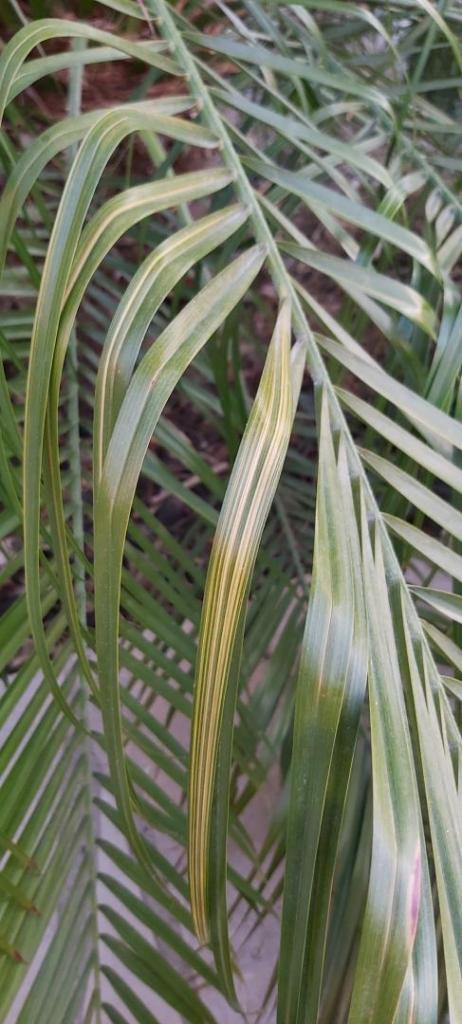
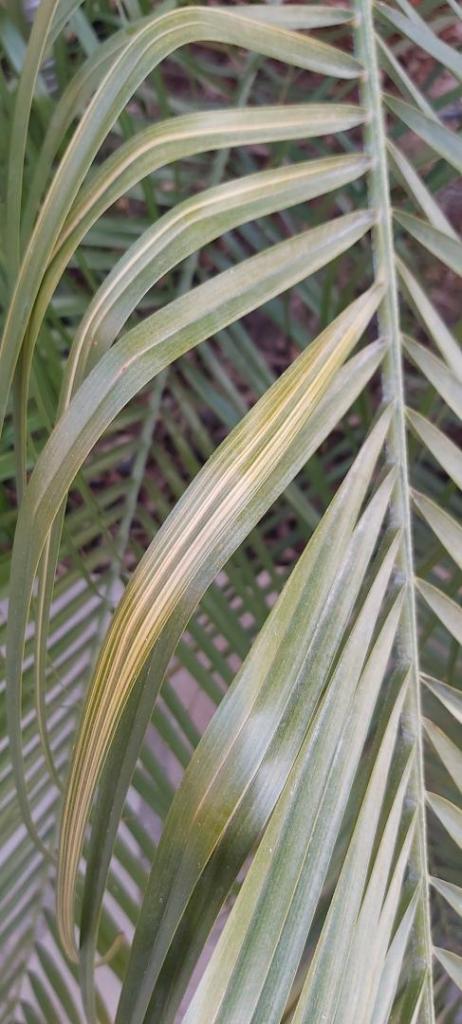
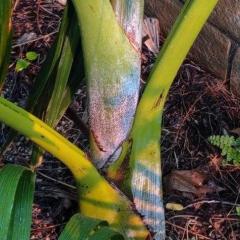
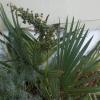

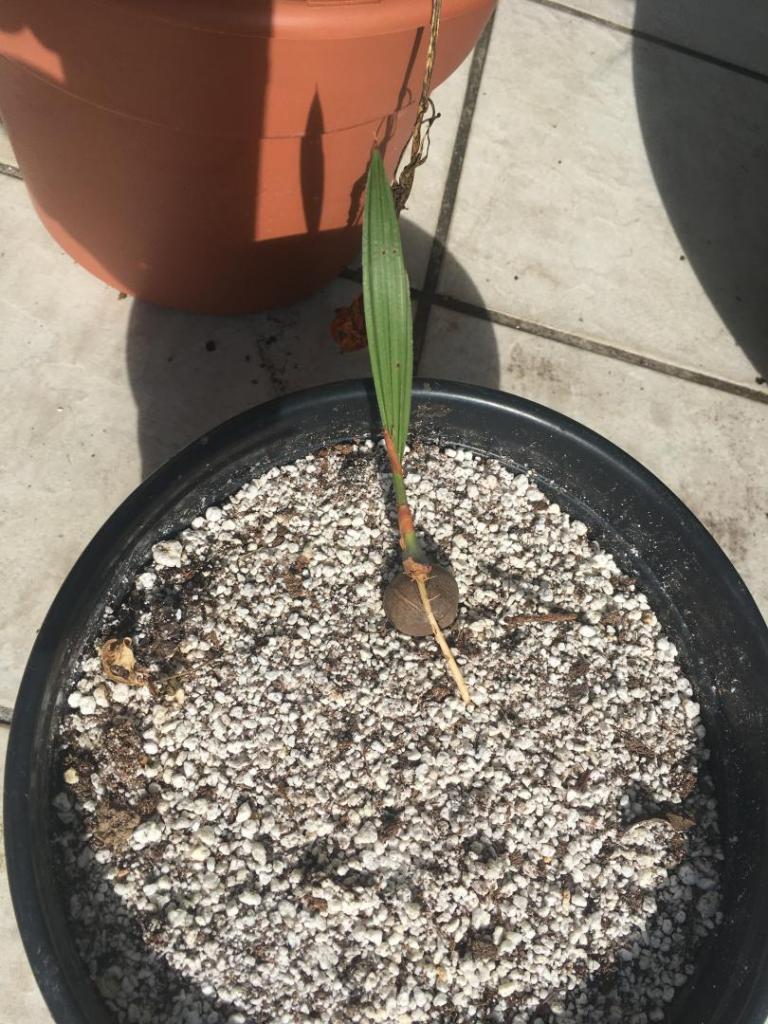
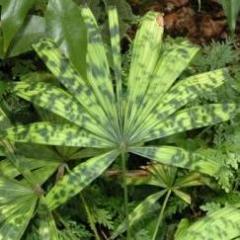


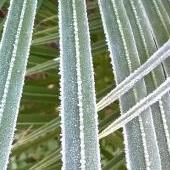
.thumb.jpg.8eab494011b70f4f8a19b3e605b2e9bf.jpg)


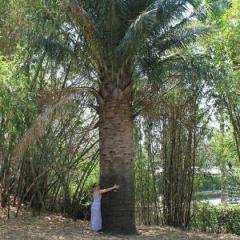

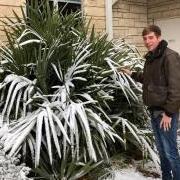


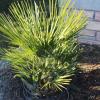
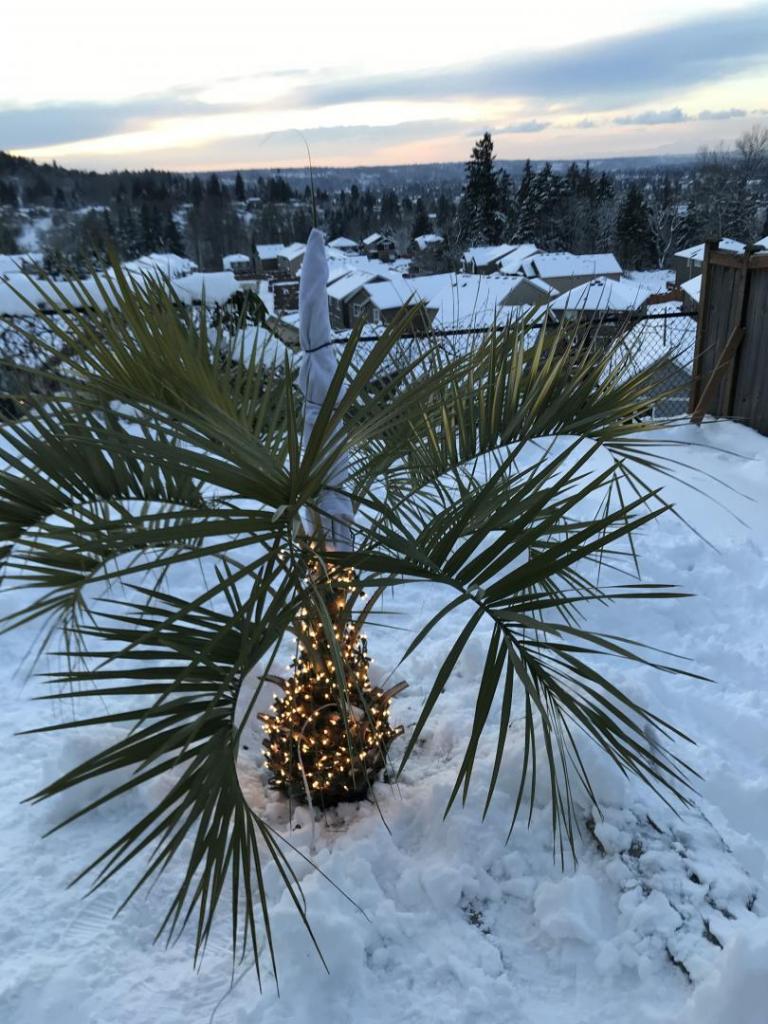
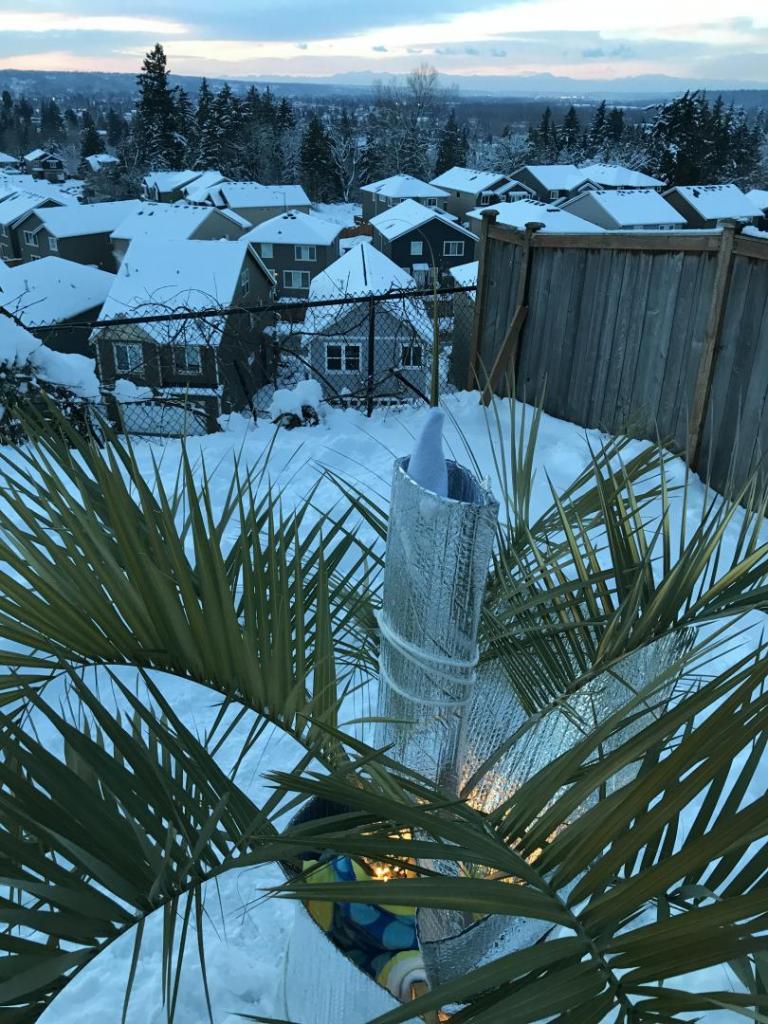
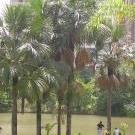
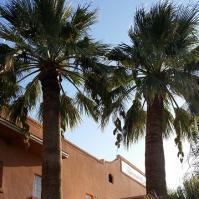
2.jpg.d3ed3280e042b44a5f3a67c994a5fece.thumb.jpg.3c8068617c207cc9698fa30cb6ab9dc5.jpg)

